Let me start writing:The groovy aesthetic of 70s living rooms continues to captivate homeowners and designers alike, proving that great style transcends decades. The uniqueness of a '70s vibe is one reason it's making a comeback in 2025 , as nostalgia will play a significant role in 2025 living room trends . This era celebrated bold self-expression through vibrant colors, rich textures, and innovative furniture designs that prioritized both comfort and creativity. From the iconic conversation pits to the mesmerizing glow of lava lamps, every element served a purpose in creating spaces that felt both inviting and revolutionary. The charm of living room 70s interior design is making a bold comeback in 2025, and homeowners are embracing its warmth, character, and vibrancy . Today's revival takes the best elements from this dynamic decade while adapting them for contemporary living, creating spaces that feel both nostalgic and refreshingly modern.
1. Earthy Color Palettes Transform Living Room Ambiance
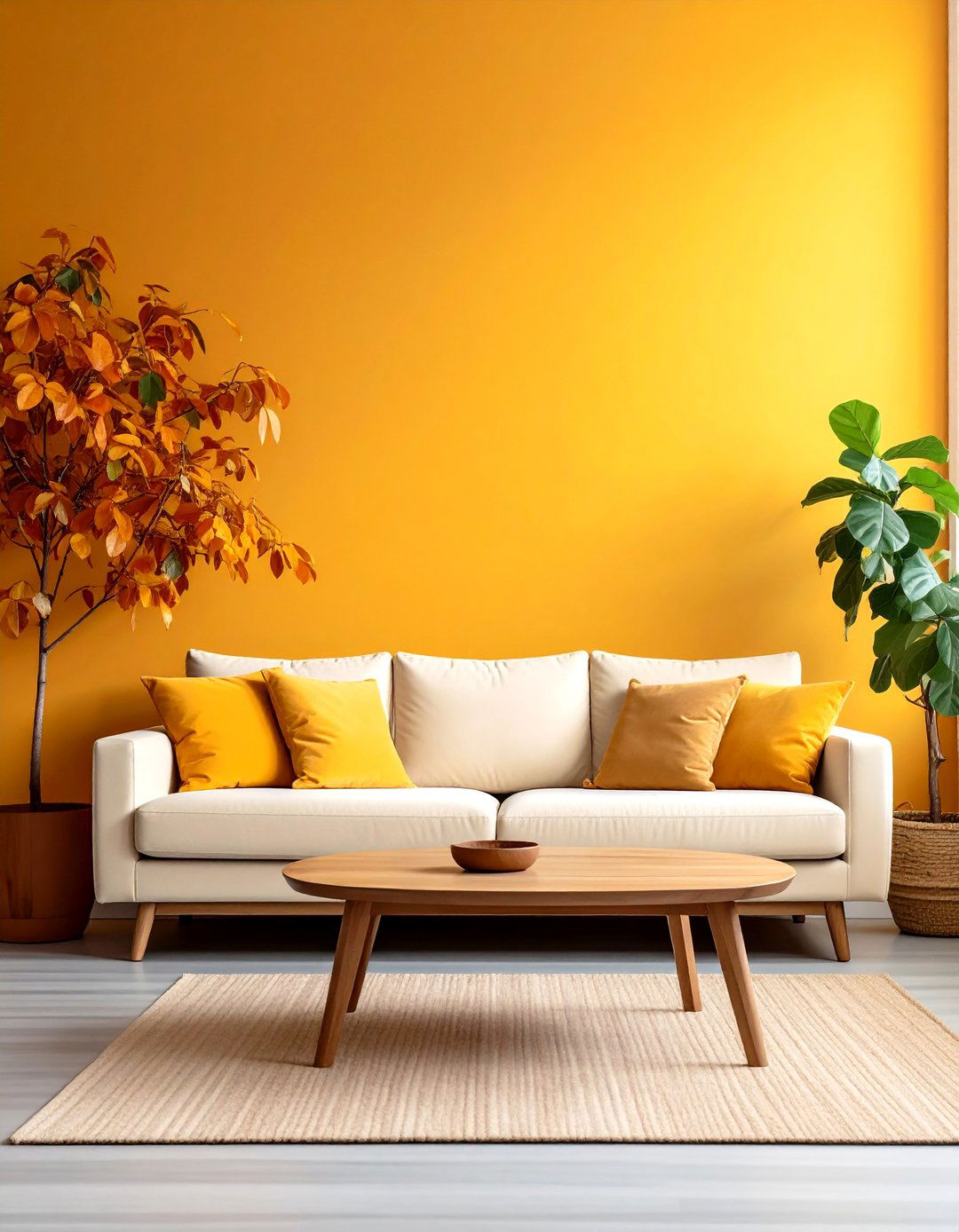
The foundation of living room 70s interior design is its deep connection to nature , with earth tones like avocado green, mustard yellow, burnt orange, harvest gold, and chocolate brown dominating the palette. These warm, grounding colors create an atmosphere that feels both cozy and sophisticated, encouraging relaxation and conversation. Earthy tones will keep on dominating living room color palettes in 2025 , as they perfectly complement sustainable materials and natural textures. You can incorporate these hues through accent walls, throw pillows, or statement furniture pieces. The key lies in balancing these bold colors with neutral bases like cream or beige to prevent overwhelming the space while maintaining that distinctive 70s character.
2. Avocado Green Living Room Accents Make Bold Statements
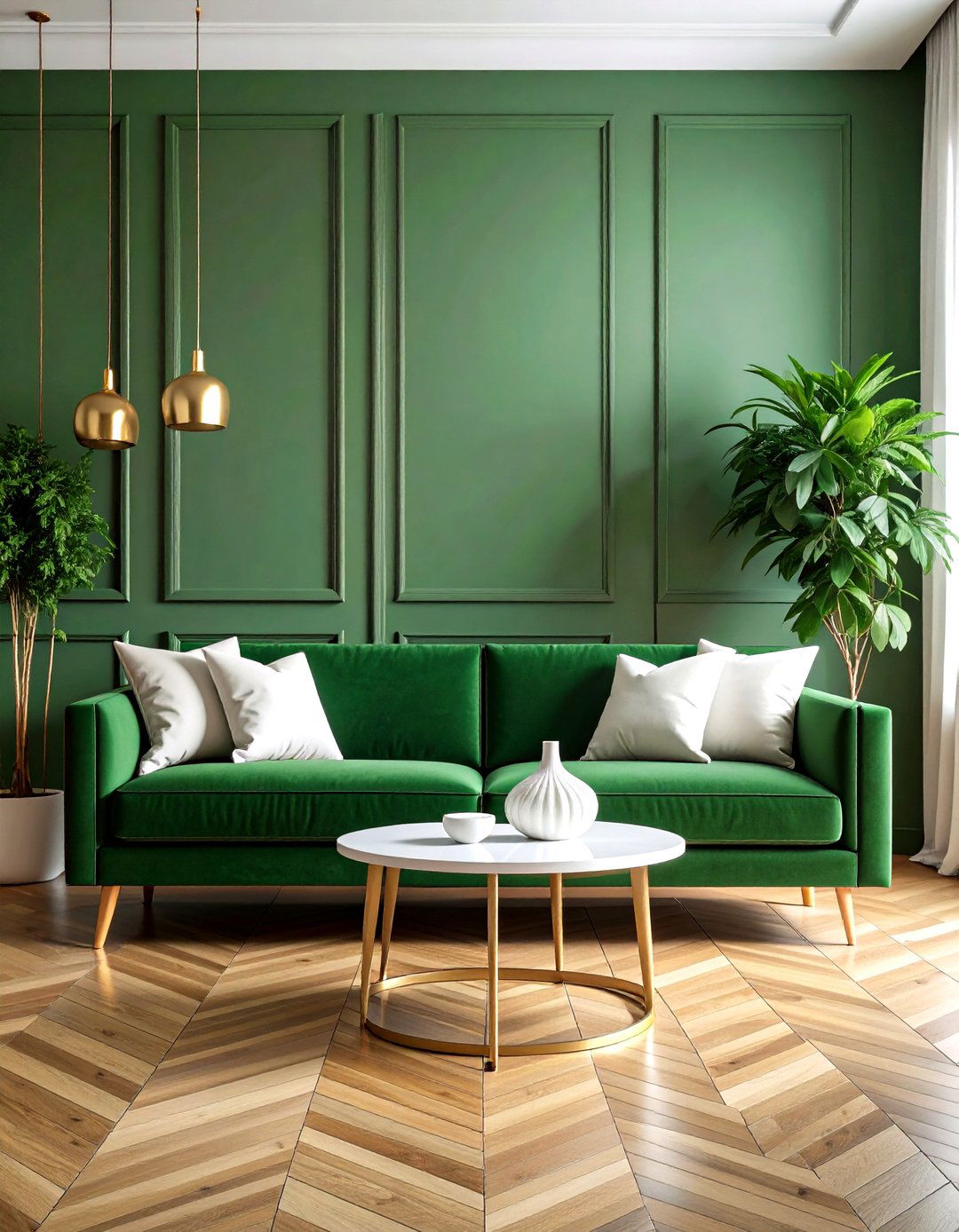
Avocado green stands as the most recognizable color from the 70s living room era, and avocado green is back, and designers are all in . This distinctive hue works beautifully as an accent color in modern 70s-inspired living rooms, whether through a velvet sofa, ceramic accessories, or painted furniture pieces. Today's avocado bathrooms are streamlined and bold, using sleek fixtures, geometric tiles, and matte or brushed finishes , and the same principle applies to living rooms. Consider incorporating avocado green through removable elements like throw blankets or artwork, allowing you to experiment with this iconic color without permanent commitment. The modern approach pairs avocado with crisp whites and natural woods for a fresh, contemporary interpretation.
3. Shag Carpets and Textured Rugs Create Cozy Foundations

If there's one thing that screams "70s" louder than anything else, it's the shag carpet , which provided both comfort and visual interest in living rooms. These plush, luxurious carpets invite you to kick off your shoes and sink your toes into their deep, inviting pile . Modern interpretations focus on area rugs rather than wall-to-wall carpeting, making them easier to maintain and replace. Choose shag rugs in neutral tones like cream or camel for subtlety, or embrace bold colors like burnt orange or deep brown for authentic 70s flair. Layering rugs of different textures—such as combining jute with a softer wool or Persian rug—adds visual interest and comfort underfoot , creating that lived-in feel characteristic of the era.
4. Velvet Living Room Furniture Adds Luxurious Comfort
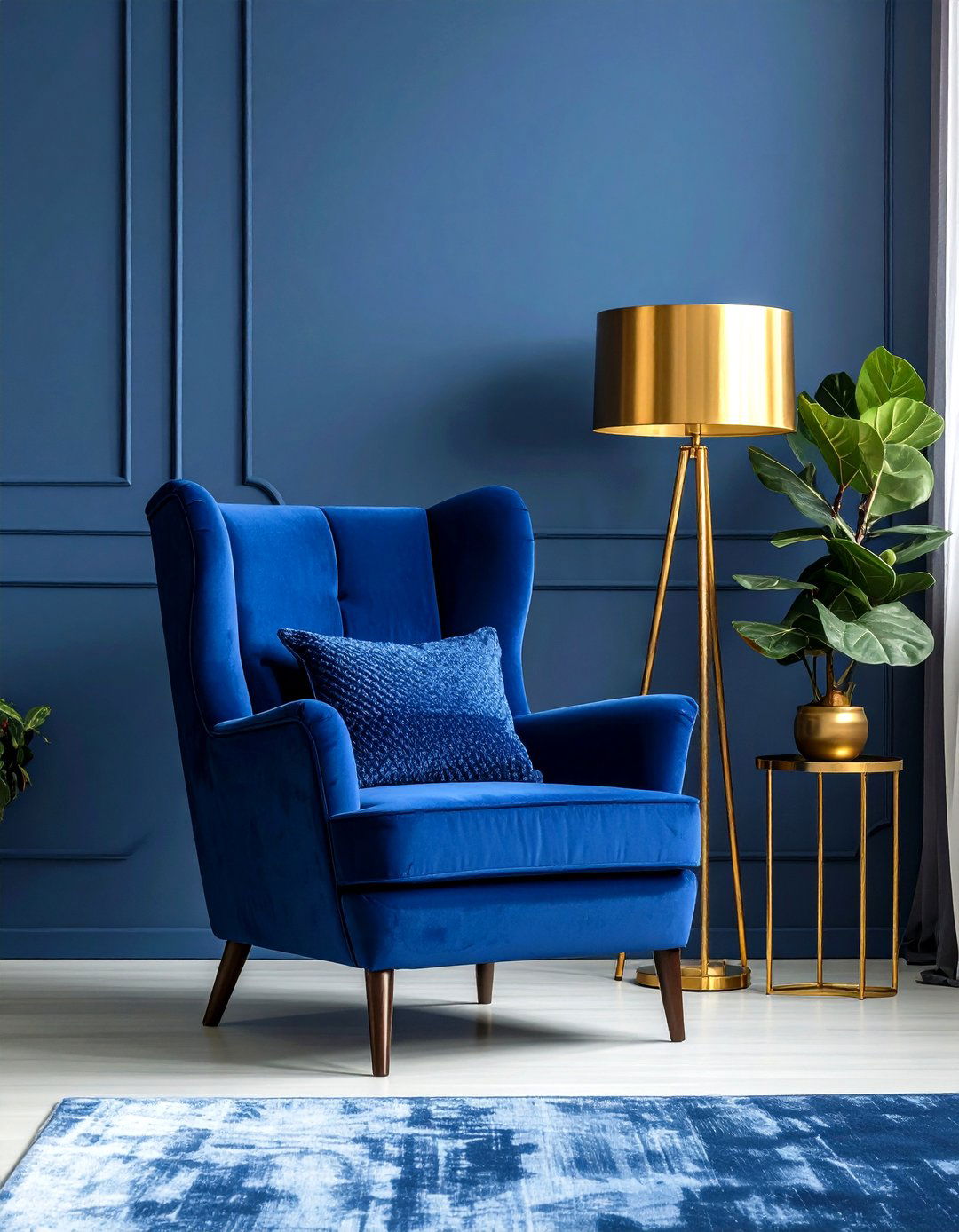
Velvet was a common fabric of the decade, especially in living room furniture such as couches and armchairs , bringing both texture and elegance to 70s spaces. This 70s-esque living room features many popular trends like a low-profile velvet sofa in a rich mustard yellow , demonstrating how this fabric perfectly captures the era's aesthetic. Velvet living room furniture works exceptionally well in jewel tones like emerald green, sapphire blue, or the classic mustard yellow. The fabric's natural sheen catches light beautifully, creating visual depth and interest throughout the day. Start with smaller velvet pieces like accent chairs or ottomans if you're hesitant about a full velvet sofa, then gradually build your confidence with this luxurious material.
5. Conversation Pits for Intimate Living Room Gatherings
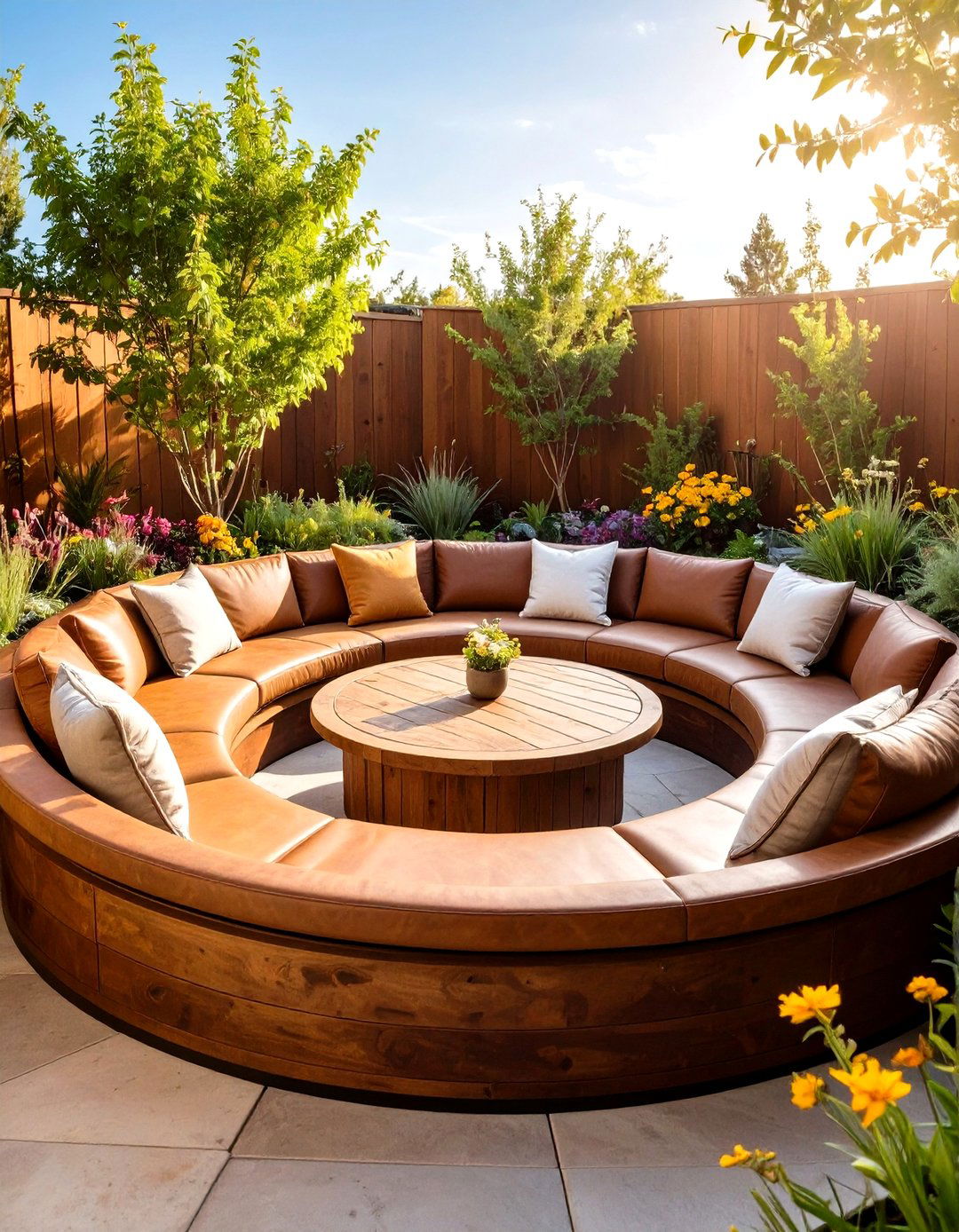
Sunken living rooms, also known as conversation pits, were a dropped-floor design outfitted with plush seating perfect for entertaining . The 70s were a neighborly time, and conversation pits were meant to encourage socializing , creating cozy spaces that naturally brought people together. While full sunken living rooms require major renovation, you can achieve similar intimacy through strategic furniture arrangement and built-in seating. A conversation pit is a great way to nod to '70s style in your home , and if you're not looking to renovate your living room but want a similar look, consider a built-in sofa . Create your own conversation area by arranging low-profile furniture in a U-shape around a central coffee table, encouraging face-to-face interaction.
6. Curved and Organic Living Room Furniture Shapes
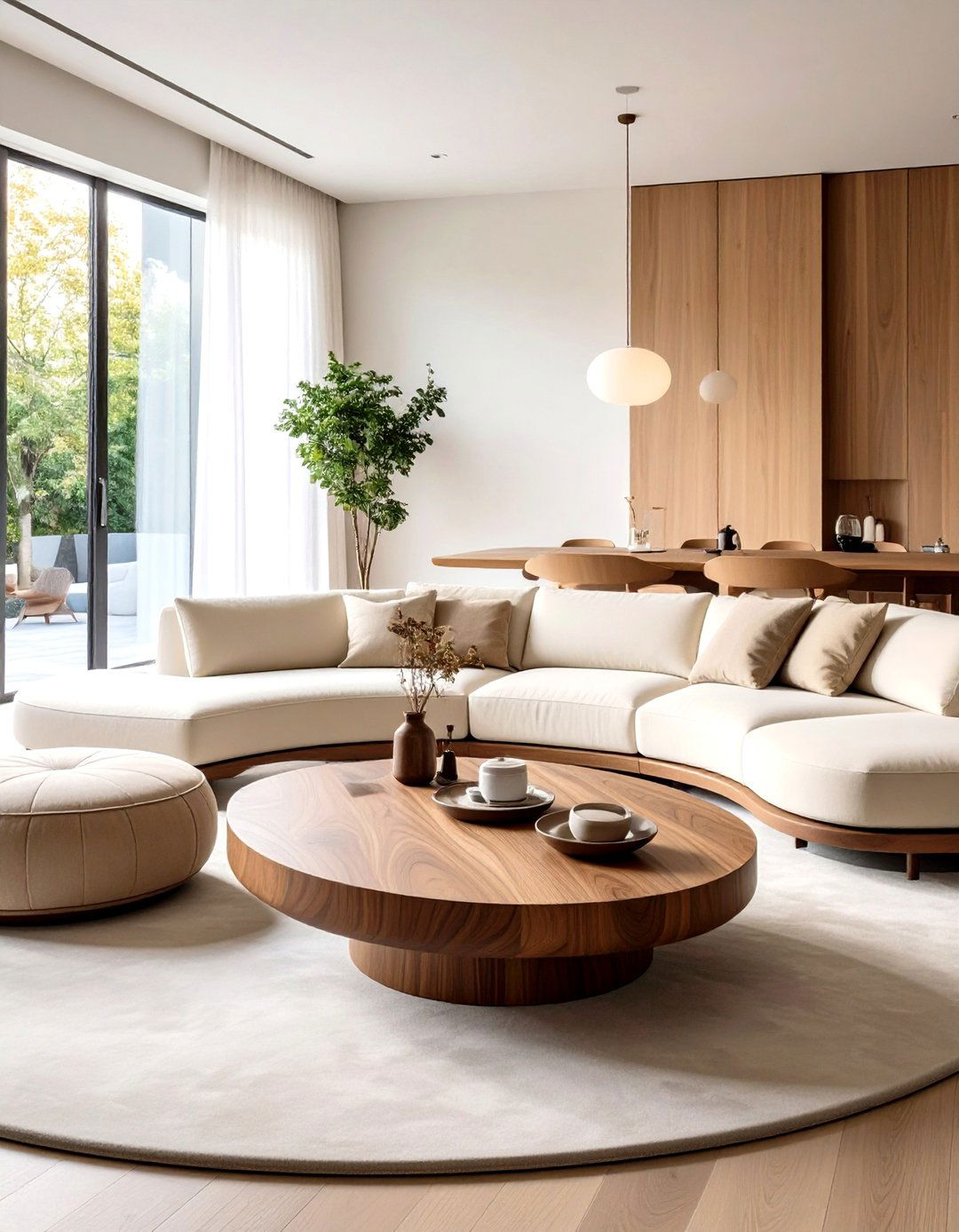
Coffee tables in organic shapes like kidney beans, rounded triangles, and chunky ovals were essential 70s furniture pieces , reflecting the era's move away from rigid geometric forms. Designers like Sebban believe that the curvature we've become accustomed to in the past few years will continue to show up in living room furniture . Curved furniture and chunky sofas were popular at the time, as well as asymmetrical pieces wrapped in bright, patterned upholstery . These organic shapes create a more relaxed, flowing atmosphere in living rooms while adding visual interest. Look for curved sectional sofas, round ottomans, or sculptural coffee tables that embrace these flowing lines. The key is balancing curved pieces with some straight lines to prevent the space from feeling too fluid or unstable.
7. Macramé Wall Hangings Bring Natural Texture
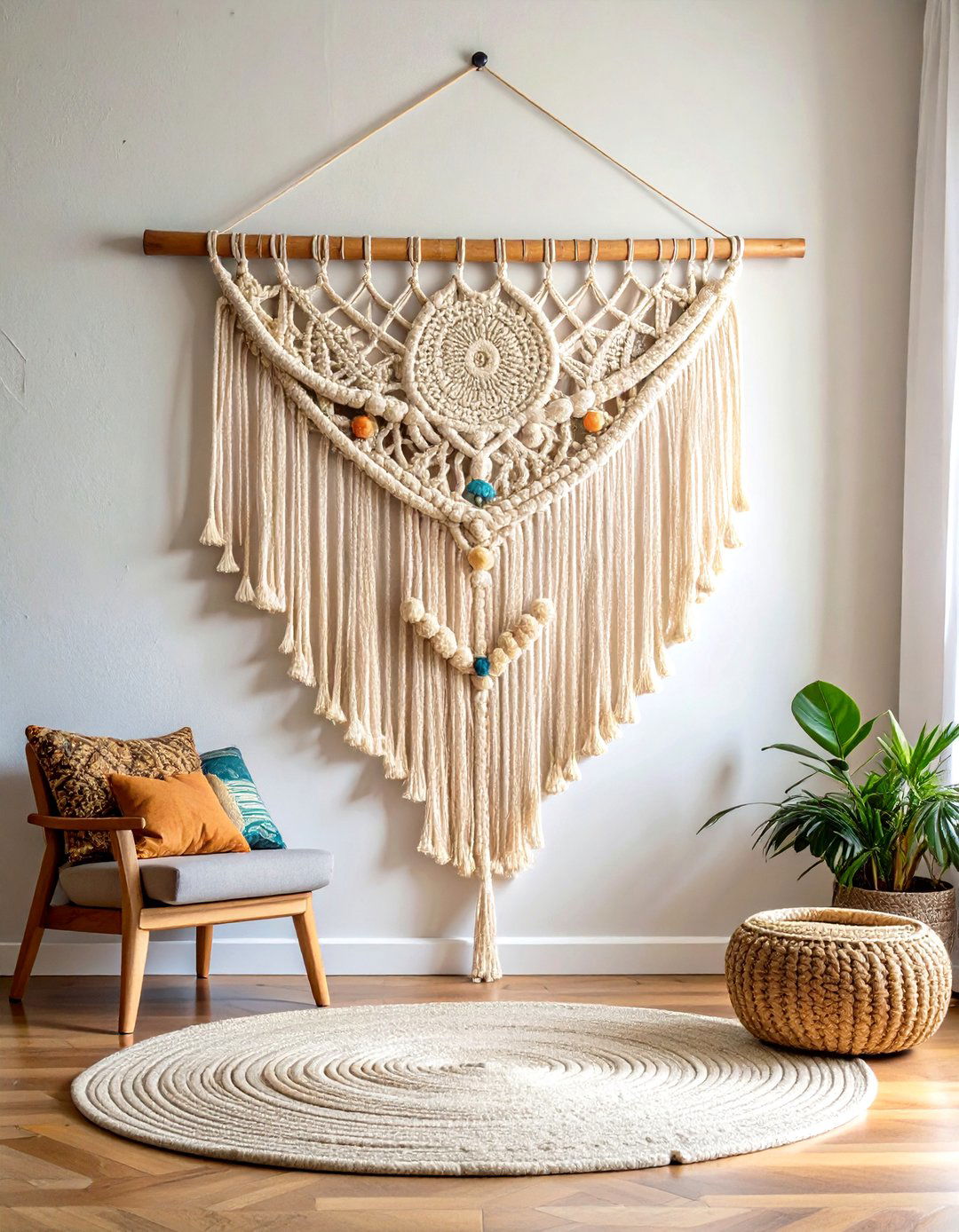
Macramé, created by tying cords into knots, was all the rage in 70s homes, used for everything from potted-plant holders to decorative wall hangings . These weren't just decorations but testaments to the era's DIY spirit and love for natural materials . Macramé wall hangings add organic texture and visual interest to living room walls while maintaining the handcrafted aesthetic that defined the 70s. There's nothing earthier than wall hangings made from jute rope, beads, and bamboo , making them perfect for creating that authentic 70s atmosphere. You can purchase ready-made pieces or try creating your own macramé wall hanging using natural fibers like cotton or jute, adding personal touches that reflect your individual style.
8. Lava Lamps Create Mesmerizing Living Room Ambiance
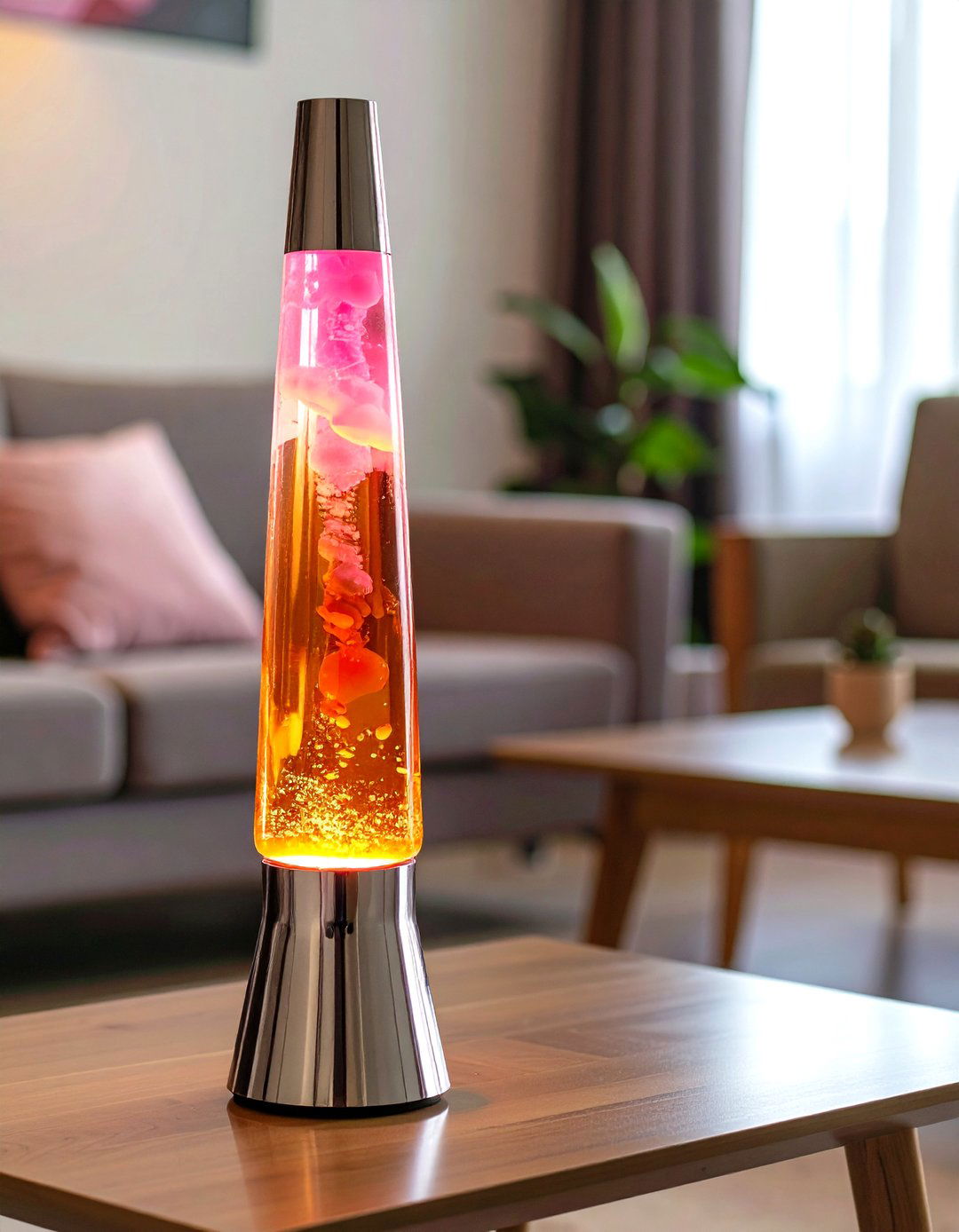
No '70s living room was complete without the mesmerizing glow of a lava lamp , which added a psychedelic ambiance and were a constant source of fascination for both young and old . Technically the oddly hypnotic lava lamp was made popular in the 60s, but it continued on strong through almost the end of the 1970s . These iconic lighting fixtures serve as both functional lamps and conversation pieces, creating a unique focal point in any living room. Modern lava lamps come in various colors and sizes, allowing you to choose one that complements your existing decor. Place them on side tables, shelves, or accent tables where their gentle, flowing motion can be appreciated. The warm, ambient light they provide creates a relaxing atmosphere perfect for unwinding after a long day.
9. Rattan Living Room Furniture for Natural Appeal
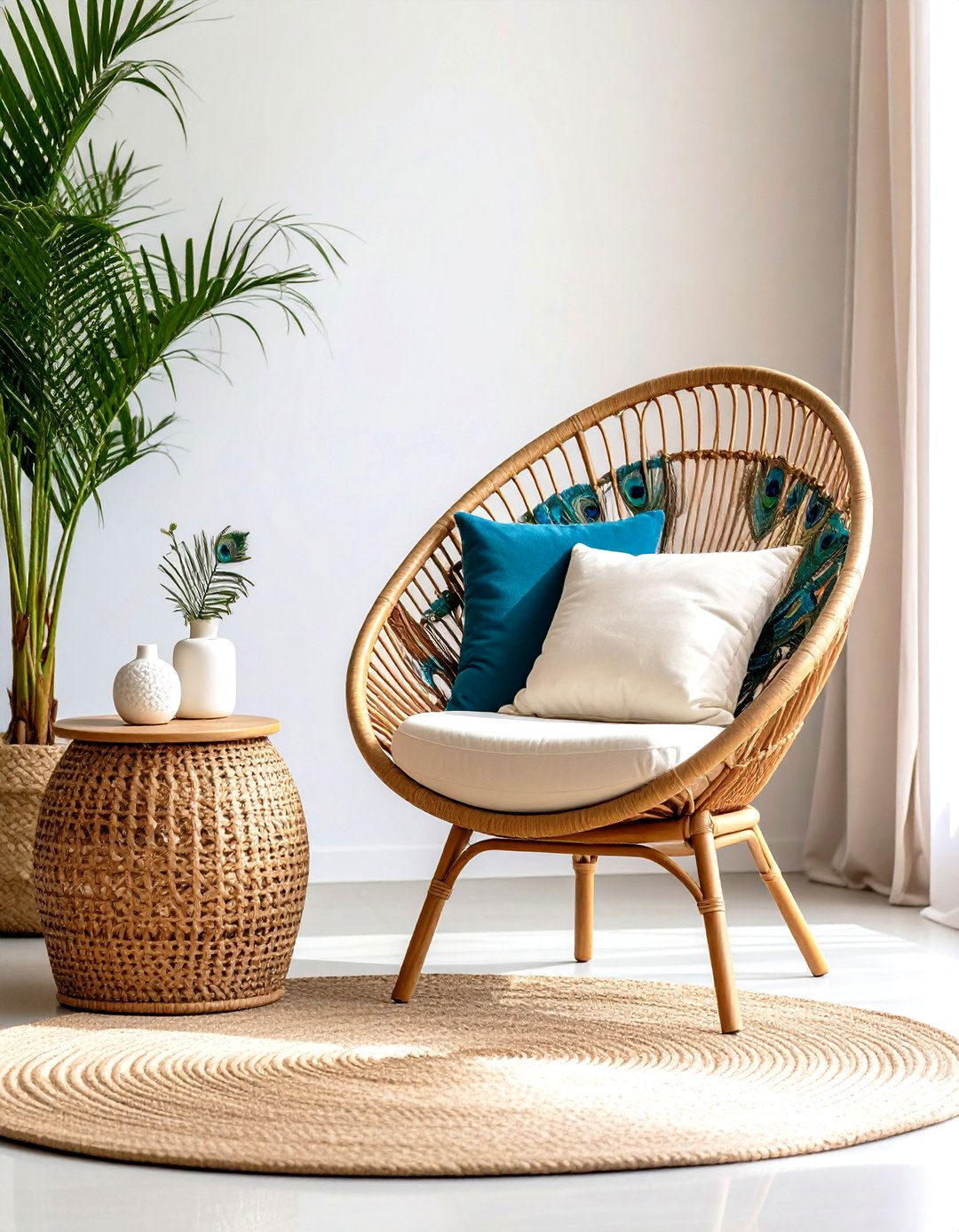
Once consigned to patios and the like, rattan furniture become a hot addition to living rooms and other interior spaces in the 70s . Lightweight, versatile, and oh-so-chic, rattan furniture was a staple of 70s interior design , bringing natural textures and bohemian elegance to living spaces. Whether it was a statement-making peacock chair, a cozy hanging chair for reading nooks, or a simple accent table, rattan pieces brought a touch of bohemian elegance to any space . Rattan living room furniture works particularly well in spaces that embrace natural materials and neutral color palettes. Consider incorporating rattan through accent chairs, coffee tables, or decorative accessories that add warmth and texture without overwhelming the space.
10. Bean Bag Chairs for Casual Living Room Seating
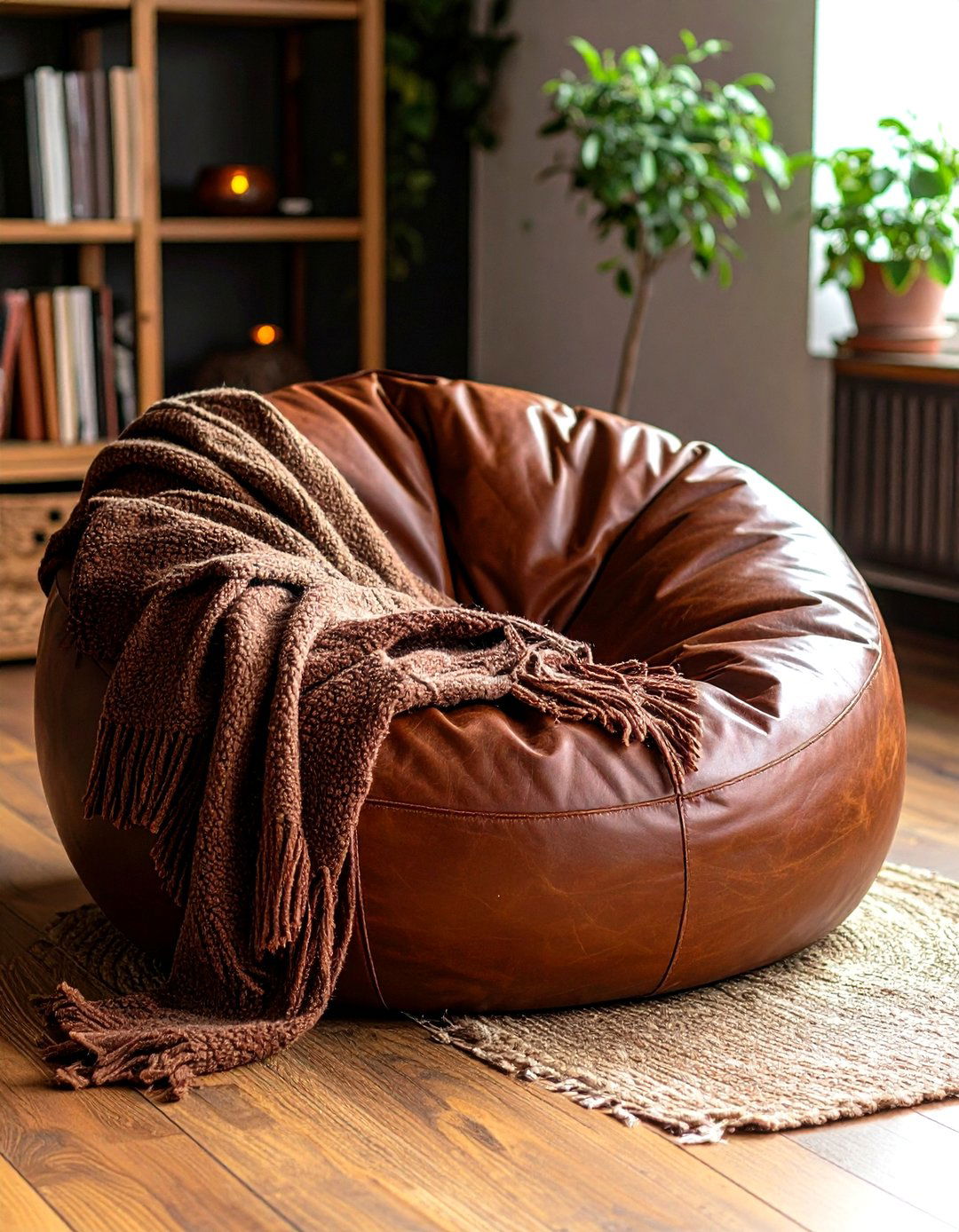
No home in the 70s would have been complete without a few bean bag chairs thrown around the basement , representing the era's casual, laid-back lifestyle. You can also add a macramé plant hanger for a more 1970s visual appeal , and bean bag chairs perfectly complement this relaxed aesthetic. Modern bean bag chairs have evolved significantly from their 70s predecessors, offering better support and more sophisticated fabrics. Bean bag chairs are available in a wide range of modern, aesthetically pleasing colours – we are a long way from the garish options of the 70s. Choose bean bags in neutral tones or rich earth colors that complement your living room's color scheme, and consider leather or high-quality fabric options for a more refined look.
11. Geometric Patterns in Living Room Textiles
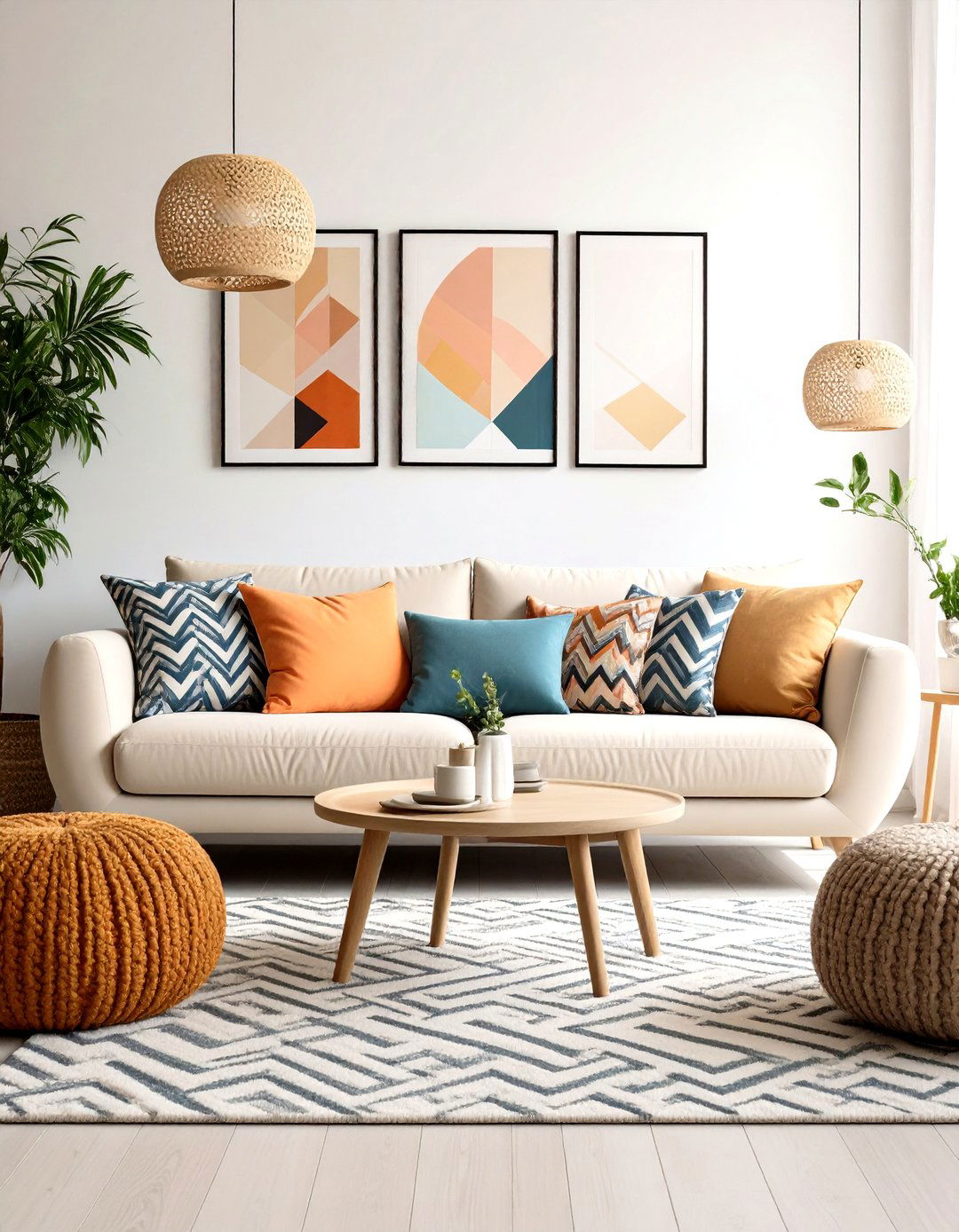
While floral prints reigned supreme in the 70s, geometric patterns also had their moment in the spotlight , adding modern sophistication to living room designs. Bold geometric designs on rugs, pillows, and throws added a modern touch and complemented the era's love for vibrant colors and playful patterns . These patterns worked particularly well in creating visual interest without overwhelming the space. Incorporate geometric patterns through throw pillows, area rugs, or wall art that features shapes like circles, triangles, and zigzags. Wallpaper featuring geometric shapes and flower patterns looked divine when paired with the ubiquitous '70s dark brown wood paneling . The key is choosing patterns that complement rather than compete with your other design elements.
12. Wood Paneling Creates Warm Living Room Backdrops
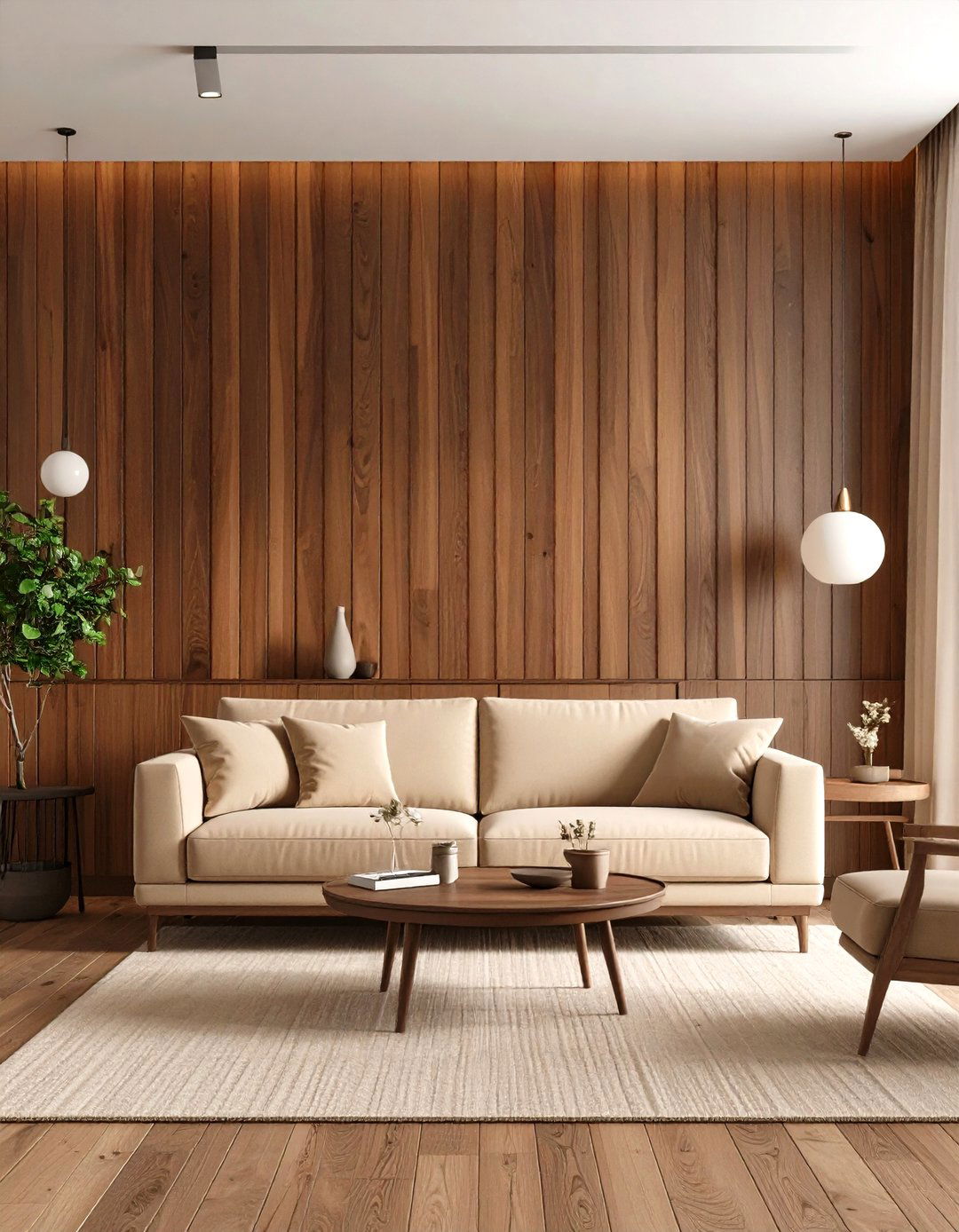
You still see wood paneling around, but rather than the currently trendy beadboard or shiplap, the 70s version was usually made from anything but real trees and had a painfully obvious fake grain . Modern interpretations of wood paneling focus on authentic materials and more subtle applications. In a modern Hudson River ranch house, the living room takes inspiration from the '70s with a shag alpaca fur rug, and inlaid straw marquetry walls, which have a similar effect to the classic wood paneling . Consider using real wood paneling as an accent wall or wainscoting rather than covering entire rooms. Choose warm wood tones like walnut or oak that complement your living room's color palette while adding natural texture and visual warmth.
13. Statement Lighting Fixtures for Living Room Drama

Lamps in the 1970s weren't just functional; they were works of art , featuring unique shapes and playful designs that added personality to living spaces. From mushroom and lava lamps to Tiffany-style stained glass lamps, the 1970s embraced various lighting styles that reflected the era's creativity and individuality . Traditional chairs are so stiff and formal , and the same principle applied to lighting, with 70s fixtures embracing bold, unconventional designs. Look for pendant lights with interesting shapes, arc floor lamps with chrome finishes, or table lamps with colorful ceramic bases. Retro lighting is a fun way to pay homage to the eccentric interior design of the disco era , while providing both ambient and task lighting for your living room.
14. Modular Living Room Seating Systems
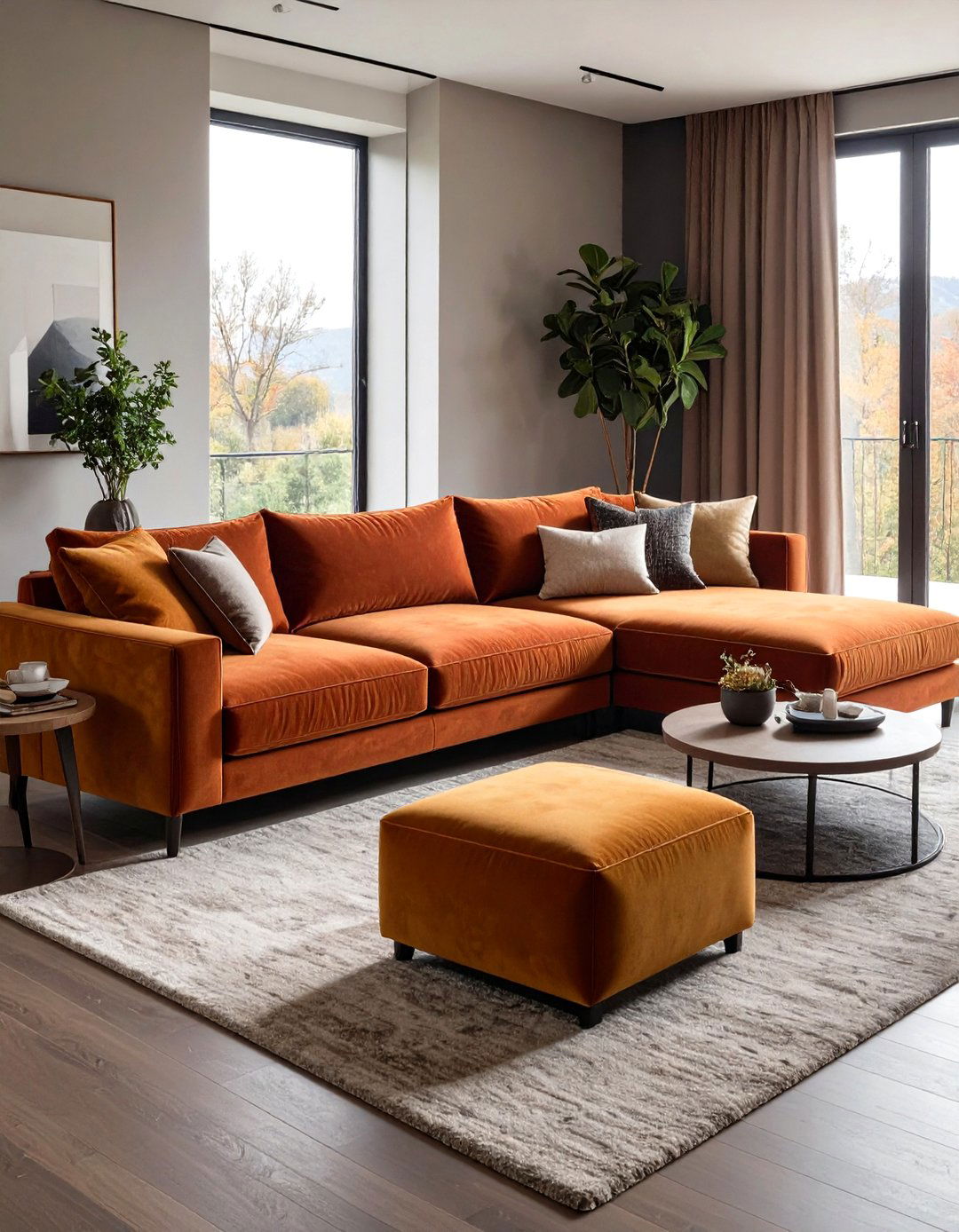
Modular sofas and chunky profiles made popular with the Camaleonda, Maralunga, and Soriana sofas are still all the rage more than 50 years after their introduction . These flexible seating systems allowed 70s living rooms to adapt to different social situations and activities. They offer the perfect seat to rest and host friends, and look great with any other furniture you pair them with . Modular furniture perfectly embodies the 70s philosophy of casual, comfortable living while maintaining visual appeal. Look for sectional sofas with removable and rearrangeable pieces that can be configured for intimate conversations or larger gatherings. Choose rich fabrics like velvet or corduroy in earth tones to maintain authentic 70s character while ensuring long-lasting comfort and style.
15. Plant-Filled Living Room Spaces
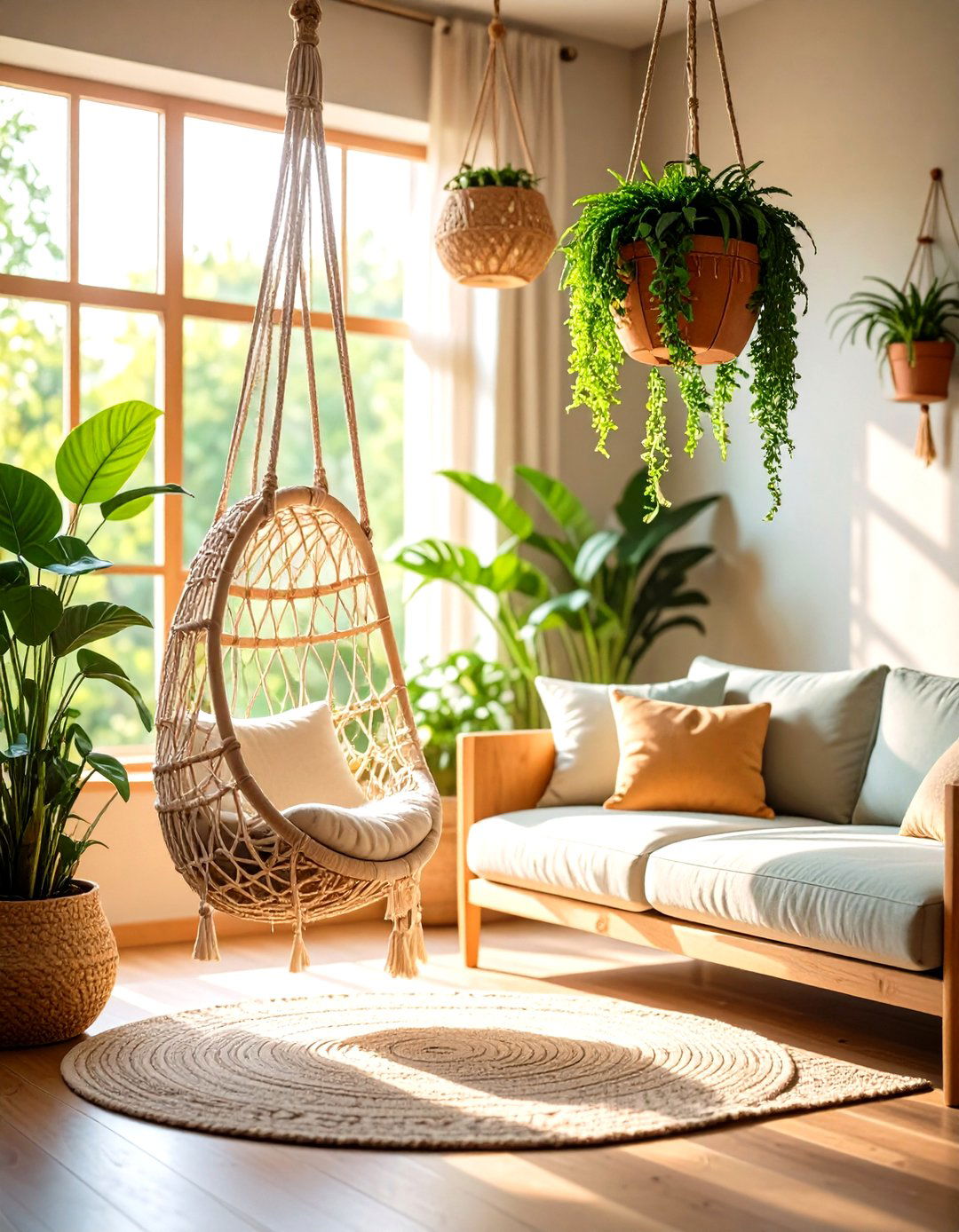
Hanging plants enhance the space's aesthetic appeal, improve air quality, and create a more relaxing atmosphere , making them essential elements in 70s living room design. Macramé pot hangers also looked super cool holding the '70s-popular airplane plant , demonstrating how plants and handcrafted accessories worked together. The 70s embraced bringing nature indoors through abundant greenery and natural materials. Fill your living room with a variety of plants in different sizes and textures, from hanging spider plants to large floor plants like fiddle leaf figs. Use macramé plant hangers, ceramic planters in earth tones, or woven baskets to display your green friends. This approach creates a living, breathing environment that feels both organic and carefully curated.
16. Chrome and Glass Living Room Accents
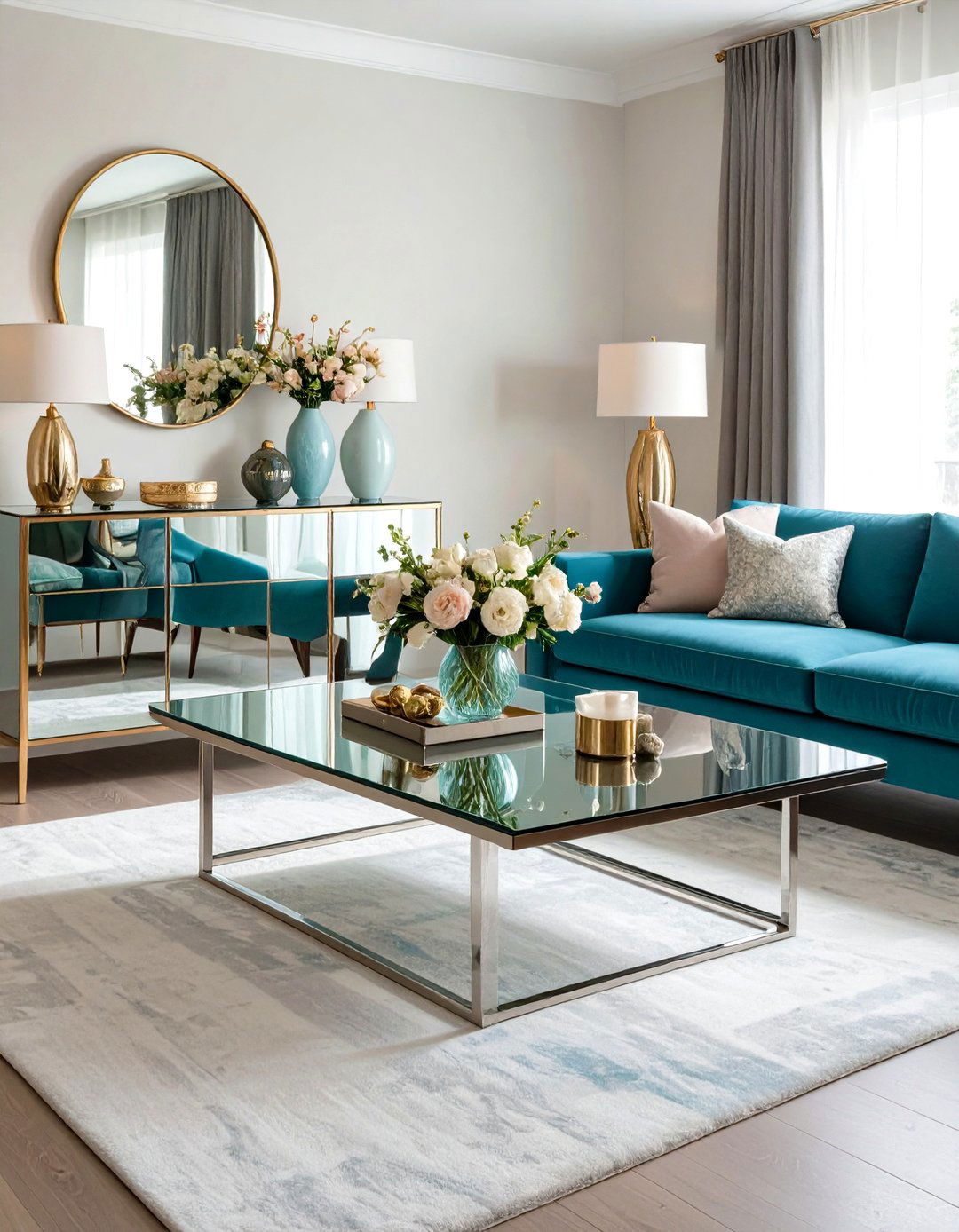
The sleek and shiny surfaces of glass and chrome contrasted beautifully with the warm earth tones and natural materials that were also prevalent in 70s décor . These materials added sophisticated contrast to the era's earthier elements, creating visual balance and interest. You can also complete the 1970s room decor with a chrome arc floor lamp, which serves as both functional lighting and sculptural art. Glass coffee tables, chrome side tables, and mirrored accent pieces reflect light throughout the living room, making spaces feel larger and brighter. Playful yet sophisticated, this São Paulo living room features a mix of different styles and time periods, all backed by a mirrored wall—a true 1970s trademark . Balance these reflective surfaces with softer textures to avoid creating a cold atmosphere.
17. Bold Living Room Color Blocking Techniques
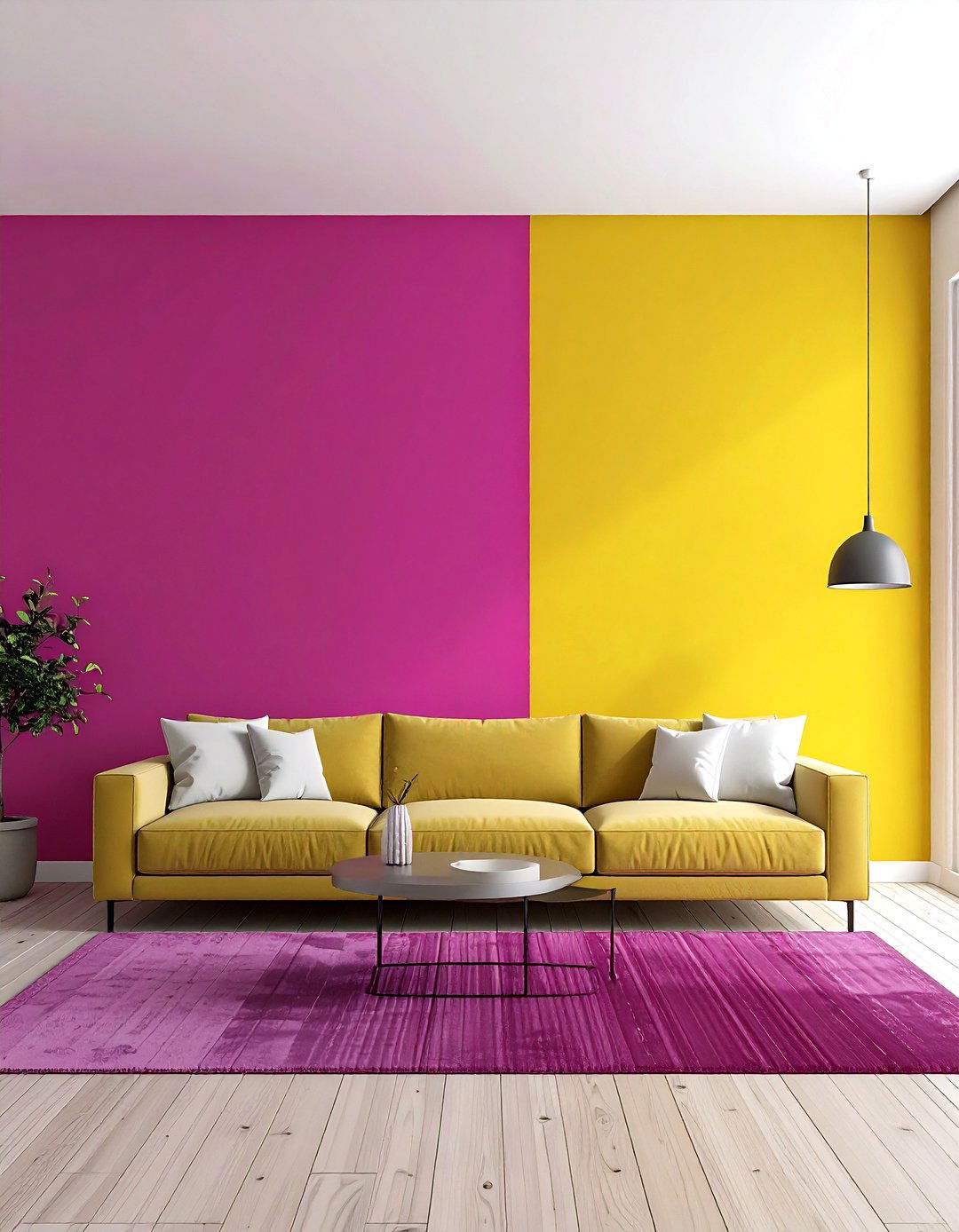
Not everything in the '70s was brown, gold, or avocado green. The coolest cats chose bright pinks, purples, yellows, and oranges , creating vibrant, energetic living spaces. To create dynamic, welcoming living spaces, designers are still riding on the high of last year's Barbenheimer craze, relying on contrasting colors in 2025 . Color blocking in 70s living rooms involved using bold, contrasting colors in large blocks rather than mixing them throughout the space. You can achieve this effect through painted accent walls, large area rugs, or sectional furniture in contrasting colors. Geometric shapes and sculptural furniture—two trademarks of 1970s glamour—take center stage in this pretty-in-pink Helsinki living room . The key is choosing colors that complement each other while maintaining enough contrast to create visual excitement.
18. Terrazzo and Mixed Materials in Living Room Design
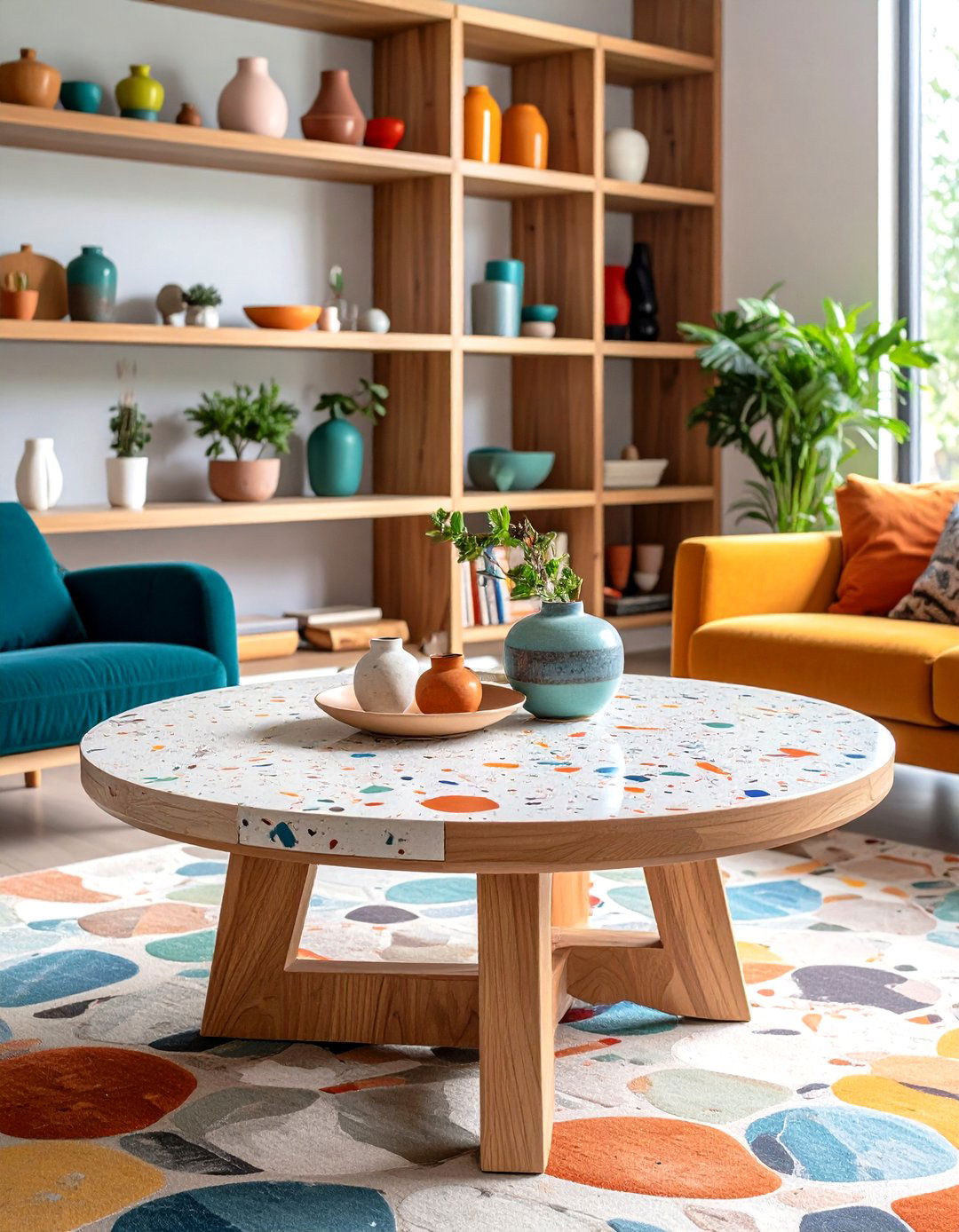
Terrazzo is a unique material often used in flooring and wall treatments, made popular during the 1970s , offering durability and visual interest through its speckled appearance. With various colorways, terrazzo is a funky material to play around with throughout your home such as in a coffee table, countertop, end table, or lamp base . This composite material perfectly captures the 70s aesthetic through its organic, colorful appearance and artisanal quality. In 2025, ELLE DECOR A-List designer Tiffany Howell predicts an uptick in "organic modernism such as mixed metals paired with natural woods" . Incorporate terrazzo through accent pieces like coffee tables, decorative objects, or planters that add textural interest without overwhelming the space. The material's neutral base with colorful speckles complements both earth tones and brighter accent colors.
19. Open Living Room Floor Plans
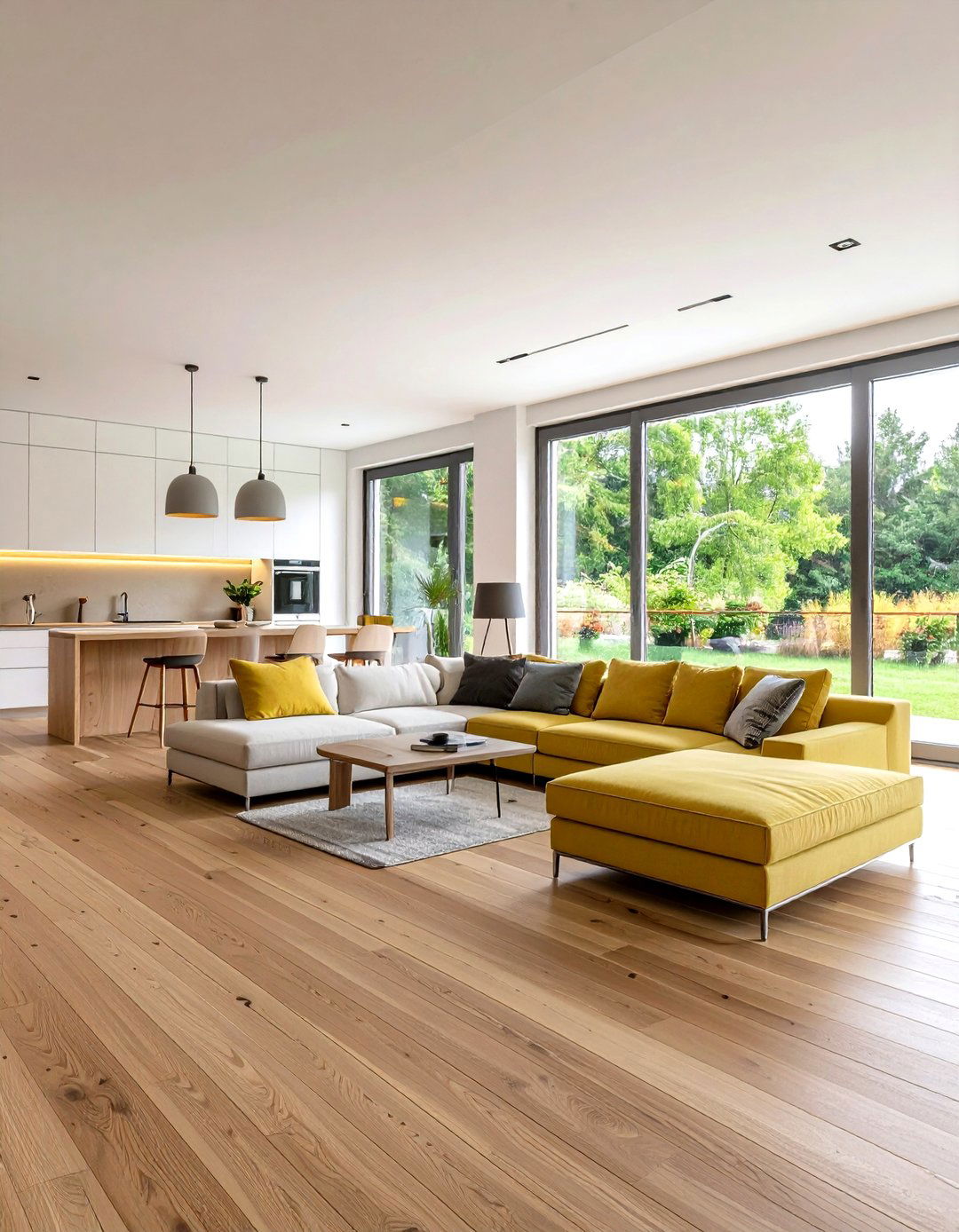
Open plan living is one of today's most popular design layouts, but did you know that the trend originated in the 70s and was part of a move towards a less formal way of living . These spacious layouts encouraged social interaction and created flexible living spaces that could adapt to different activities. Open plan layout designed to create a more comfortable and relaxed atmosphere at home , breaking down traditional barriers between formal and informal spaces. If you're working with an existing closed floor plan, consider removing non-structural walls or creating visual connections between spaces through consistent flooring and color schemes. Use furniture placement to define different zones within the open space while maintaining the flowing, connected feel that characterized 70s living.
20. Vinyl Records and Music-Focused Living Room Areas
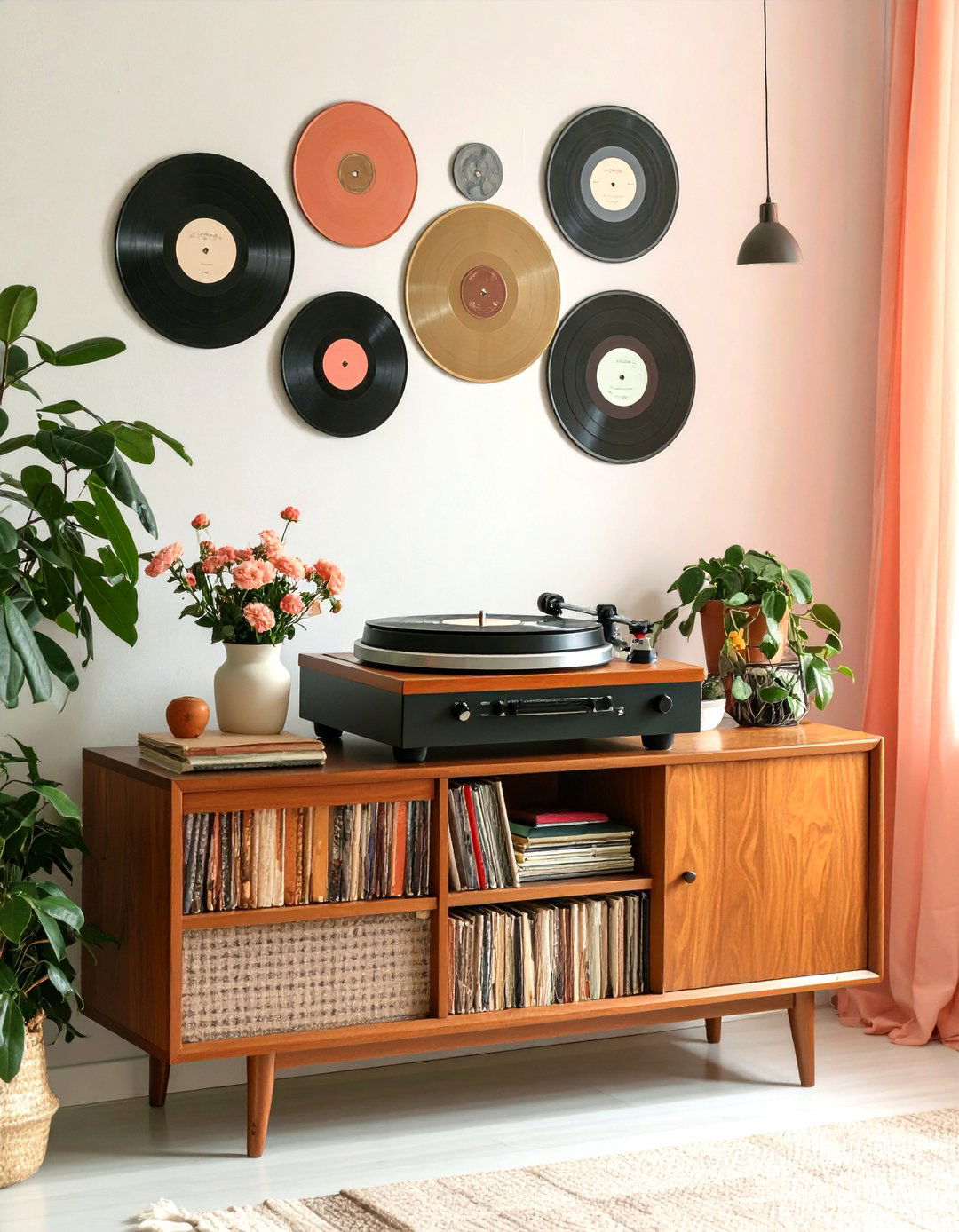
My clients are always looking for spaces to unwind and listen to music , making music-focused areas essential in 70s-inspired living rooms. In the 70s, stereos were whole systems, some so intricate they rose in towers, up the wall , demonstrating how music equipment became decorative elements. Vinyl records are making a comeback and are not just for listening to music anymore , serving as both functional music sources and decorative art. Create a dedicated music corner with a vintage-style record player, vinyl storage, and comfortable seating for listening sessions. Display your favorite vinyl records as artwork, or create a listening corner in your living room . This approach honors the 70s tradition of making music central to home entertainment while adding visual interest through album artwork and vintage equipment.
Conclusion:
The enduring appeal of 70s living room design lies in its perfect balance of comfort, creativity, and bold self-expression. By carefully blending earth tones, bold furniture shapes, statement lighting, and personal decor, you can create a space that feels both nostalgic and fresh . These design elements work together to create living spaces that prioritize both style and livability, encouraging relaxation and social connection. Whether you choose to incorporate subtle nods through avocado green accents and natural textures, or embrace the full groovy aesthetic with shag rugs and conversation pits, the 70s living room style offers endless possibilities for creating a space that feels both timeless and distinctly personal. The key is selecting elements that resonate with your lifestyle while honoring the spirit of creativity and warmth that made this era so memorable.


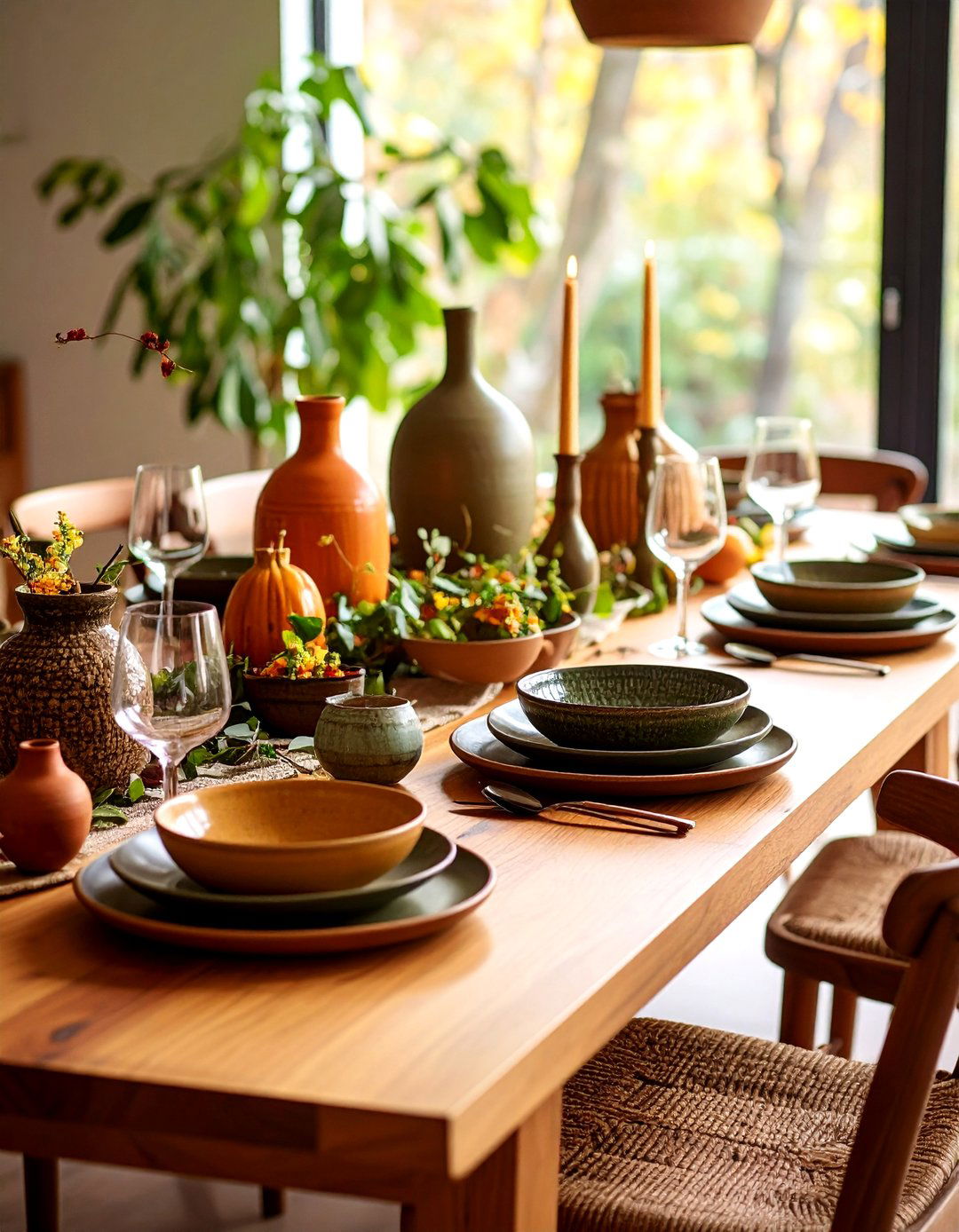
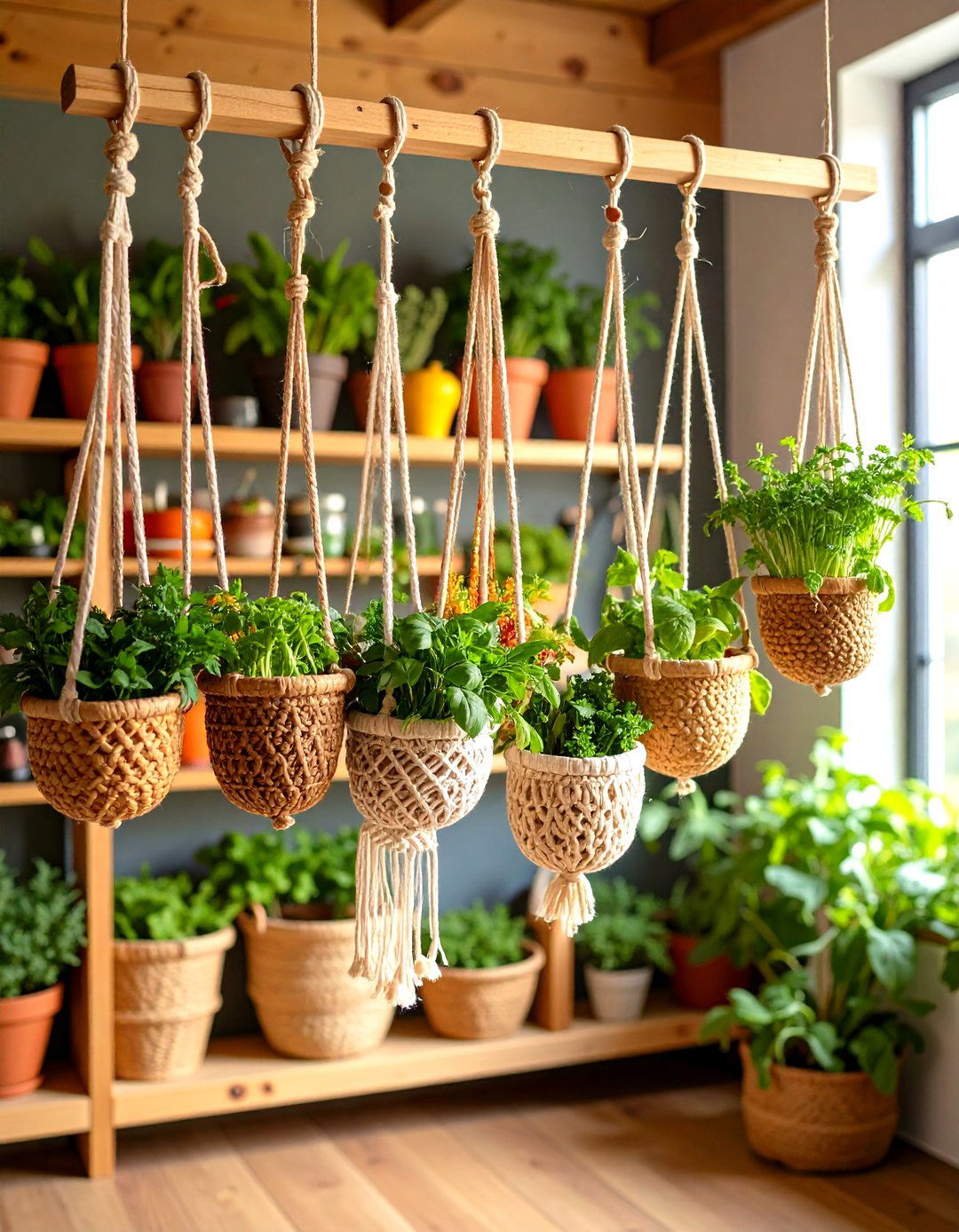
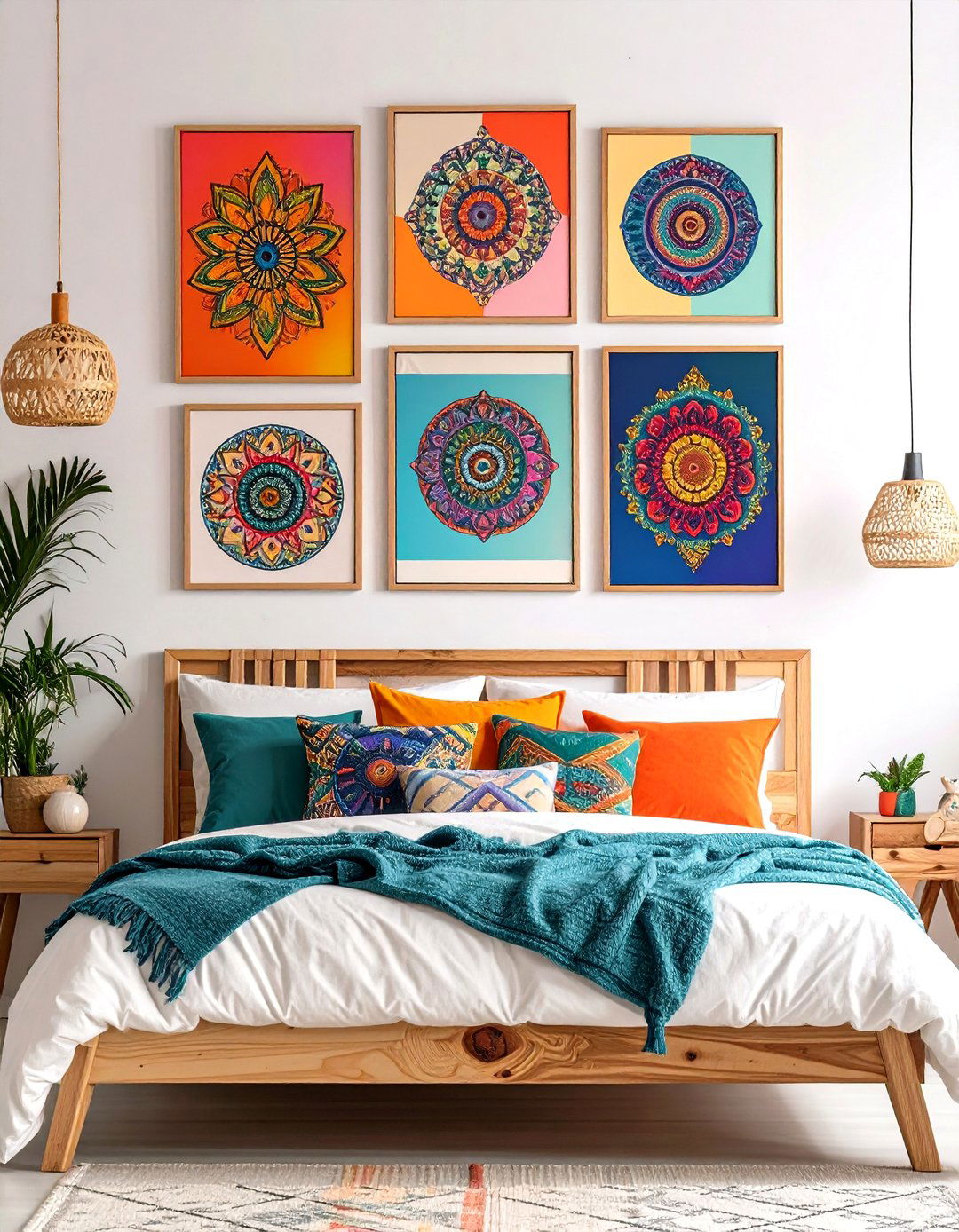
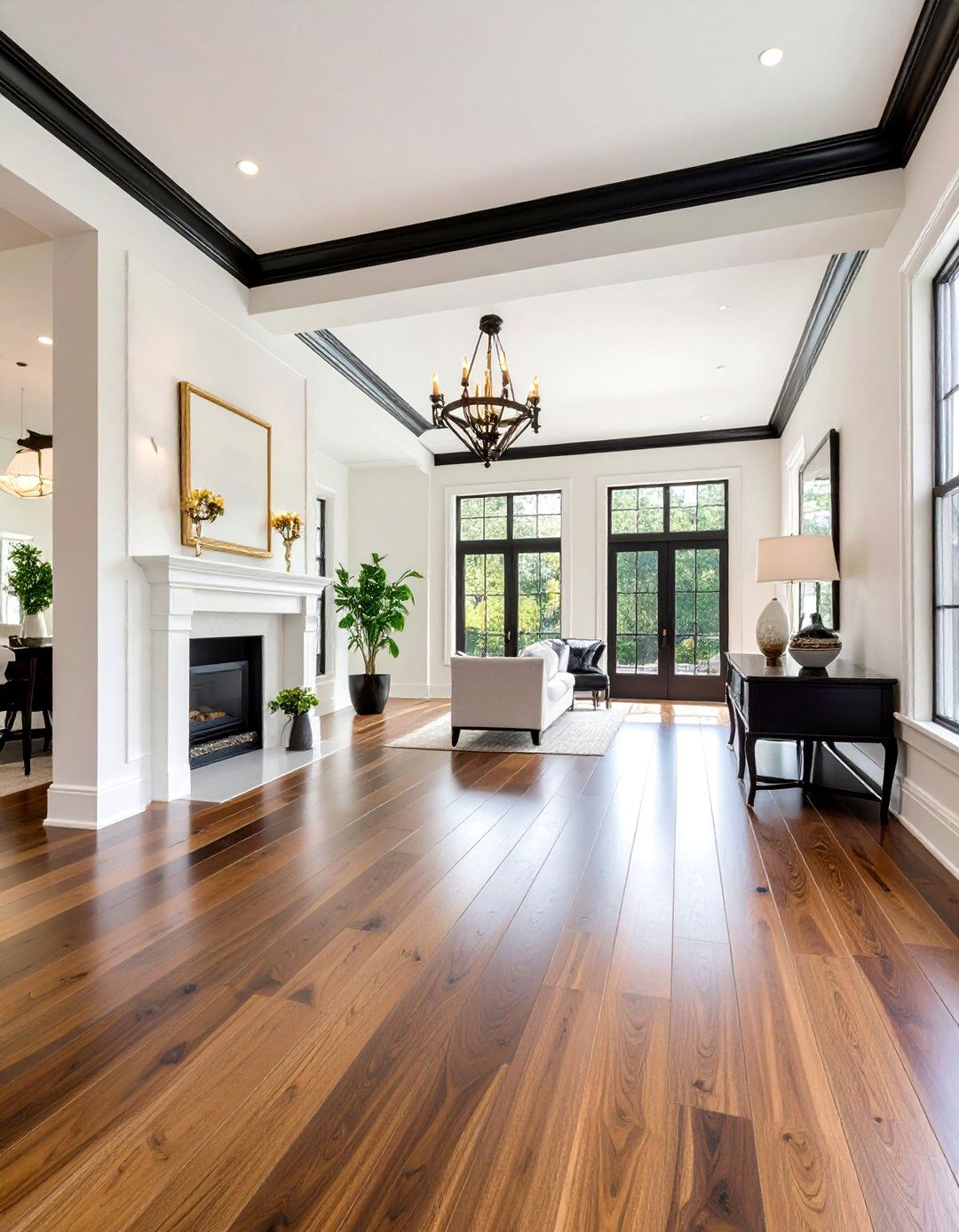
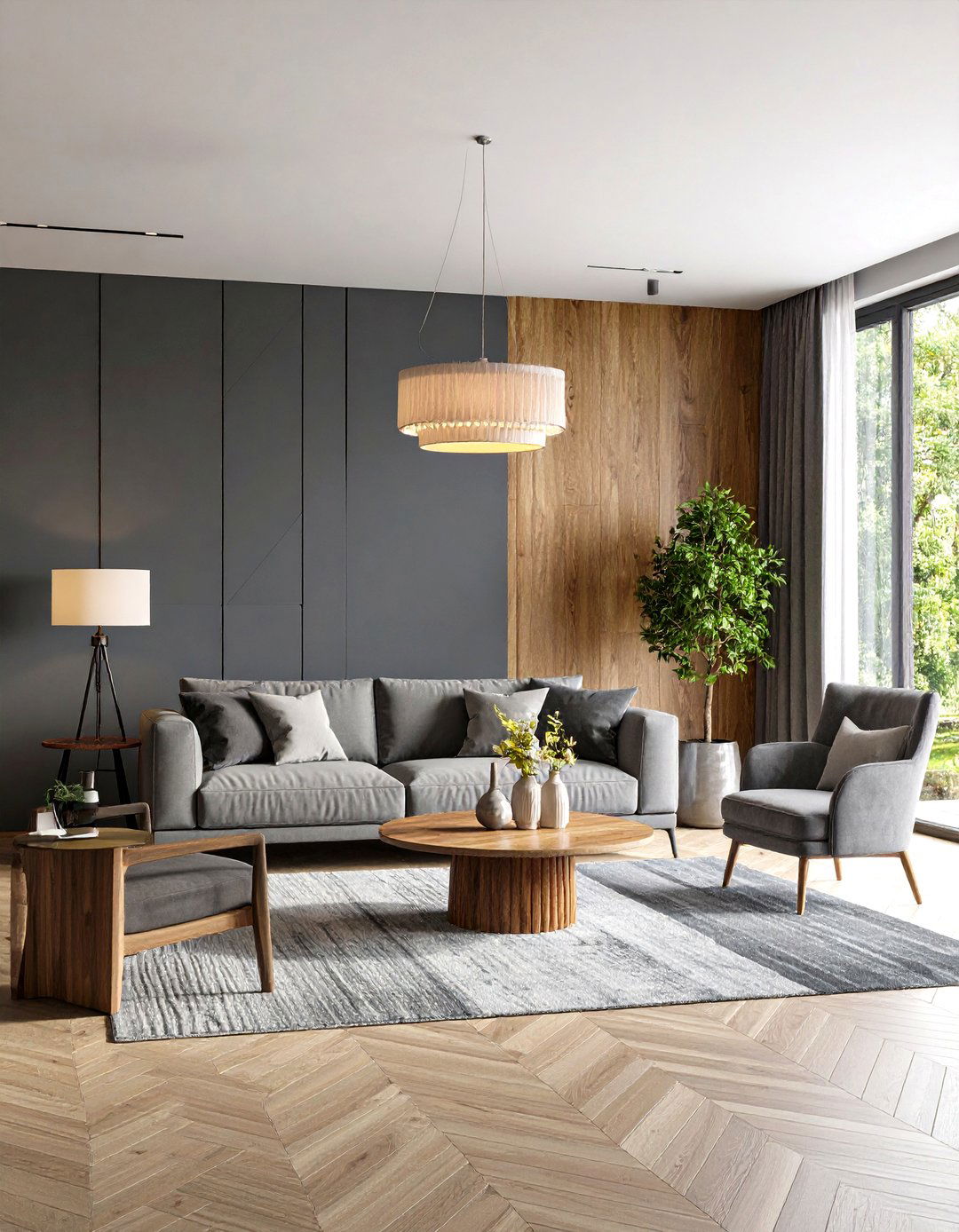
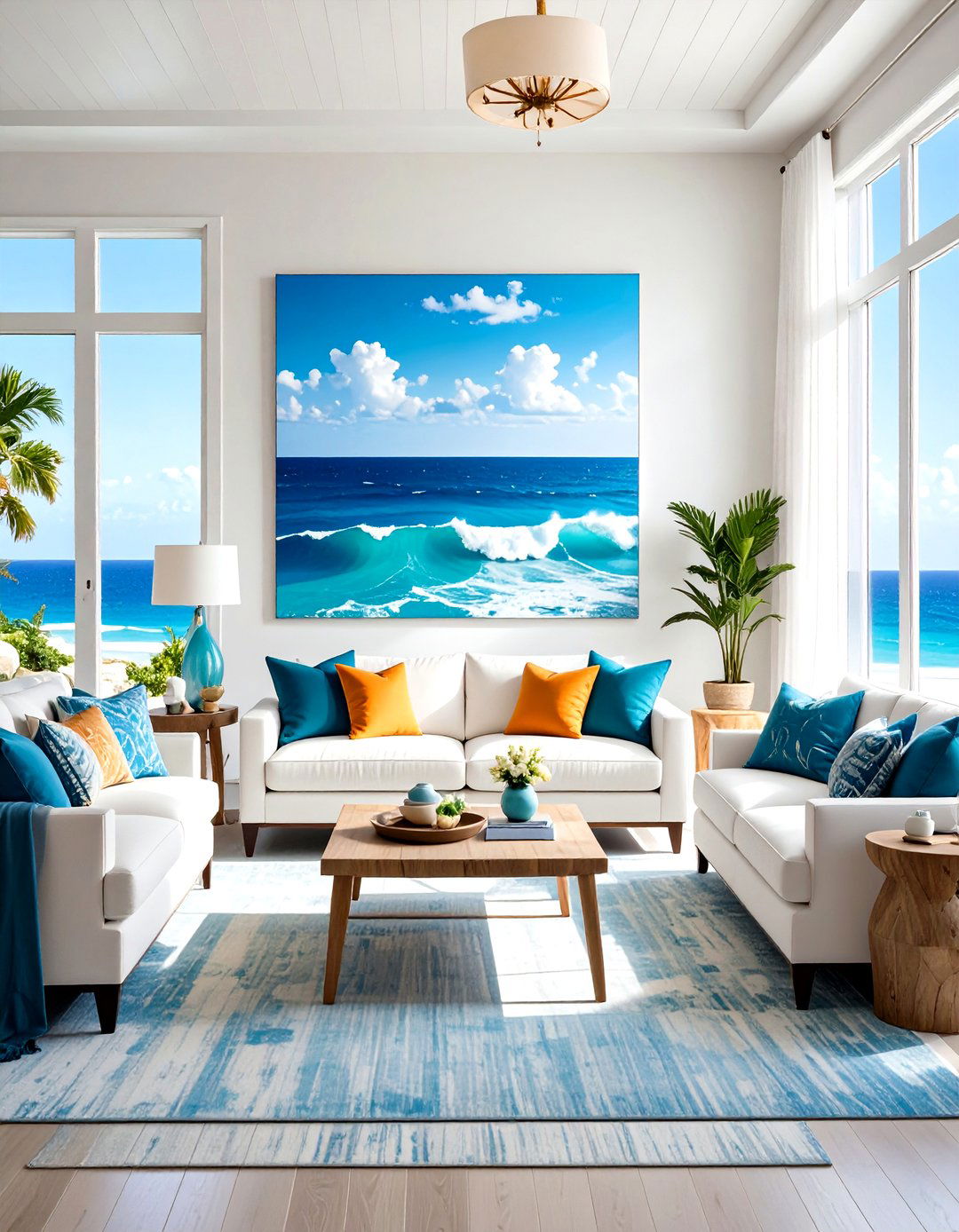
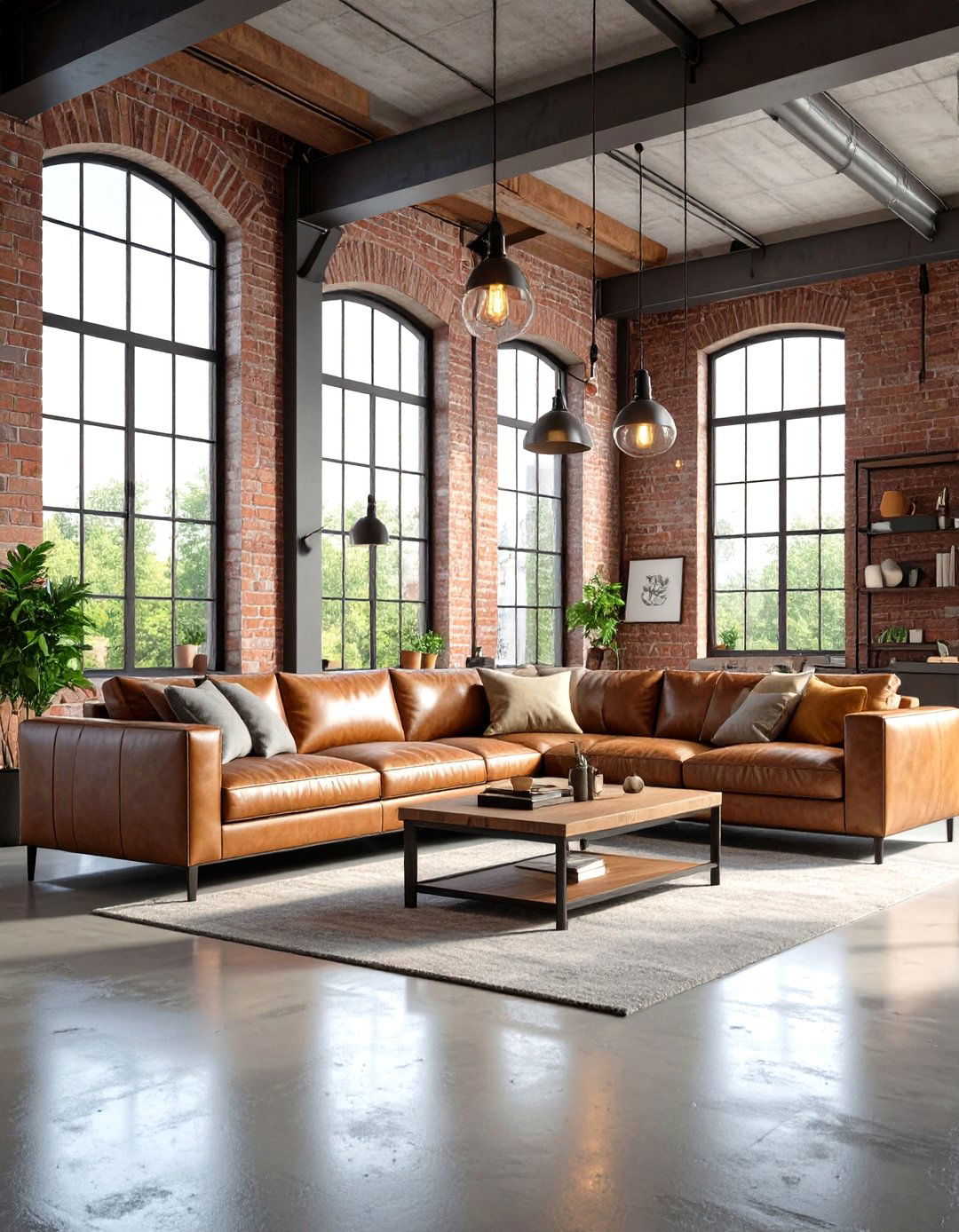


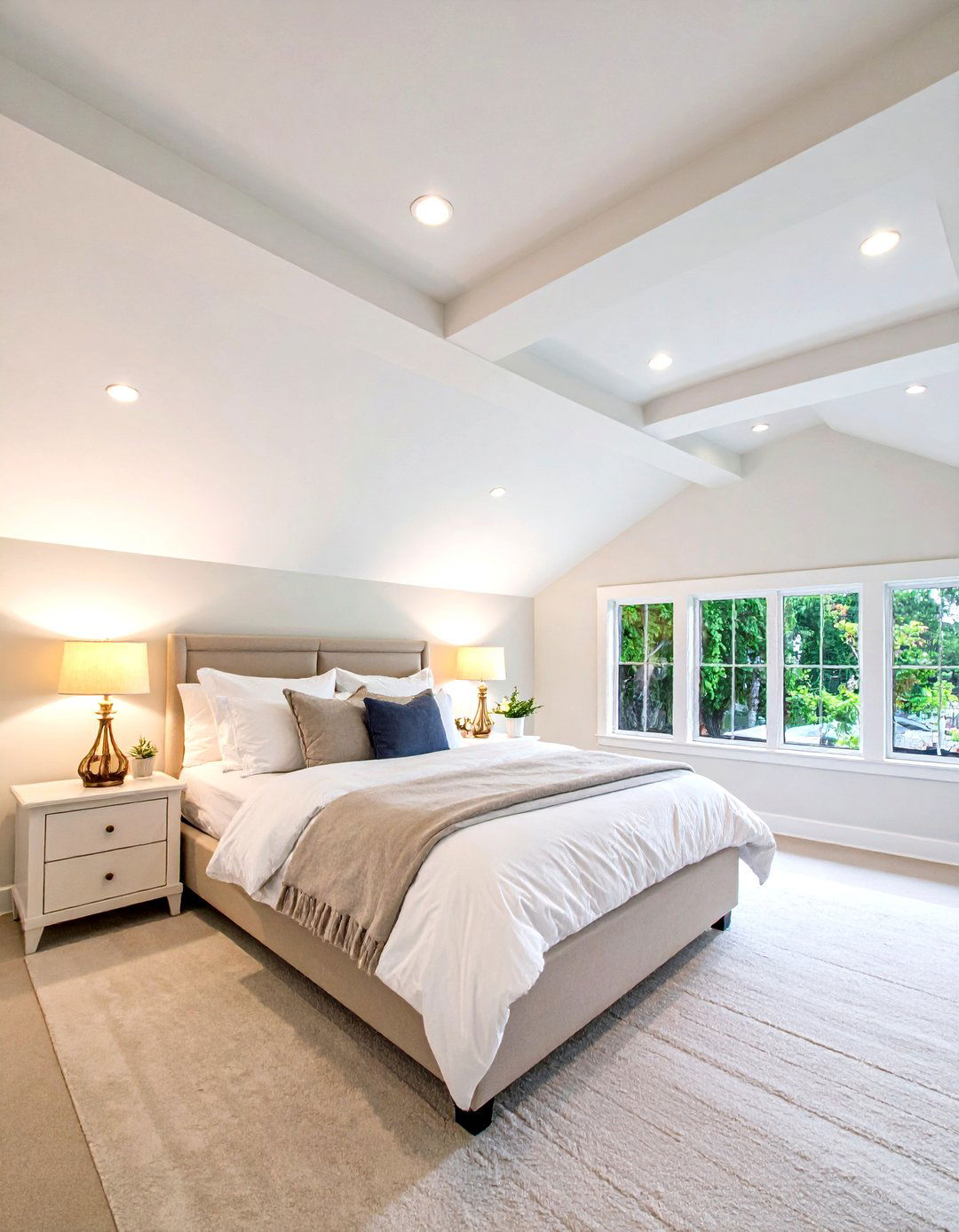
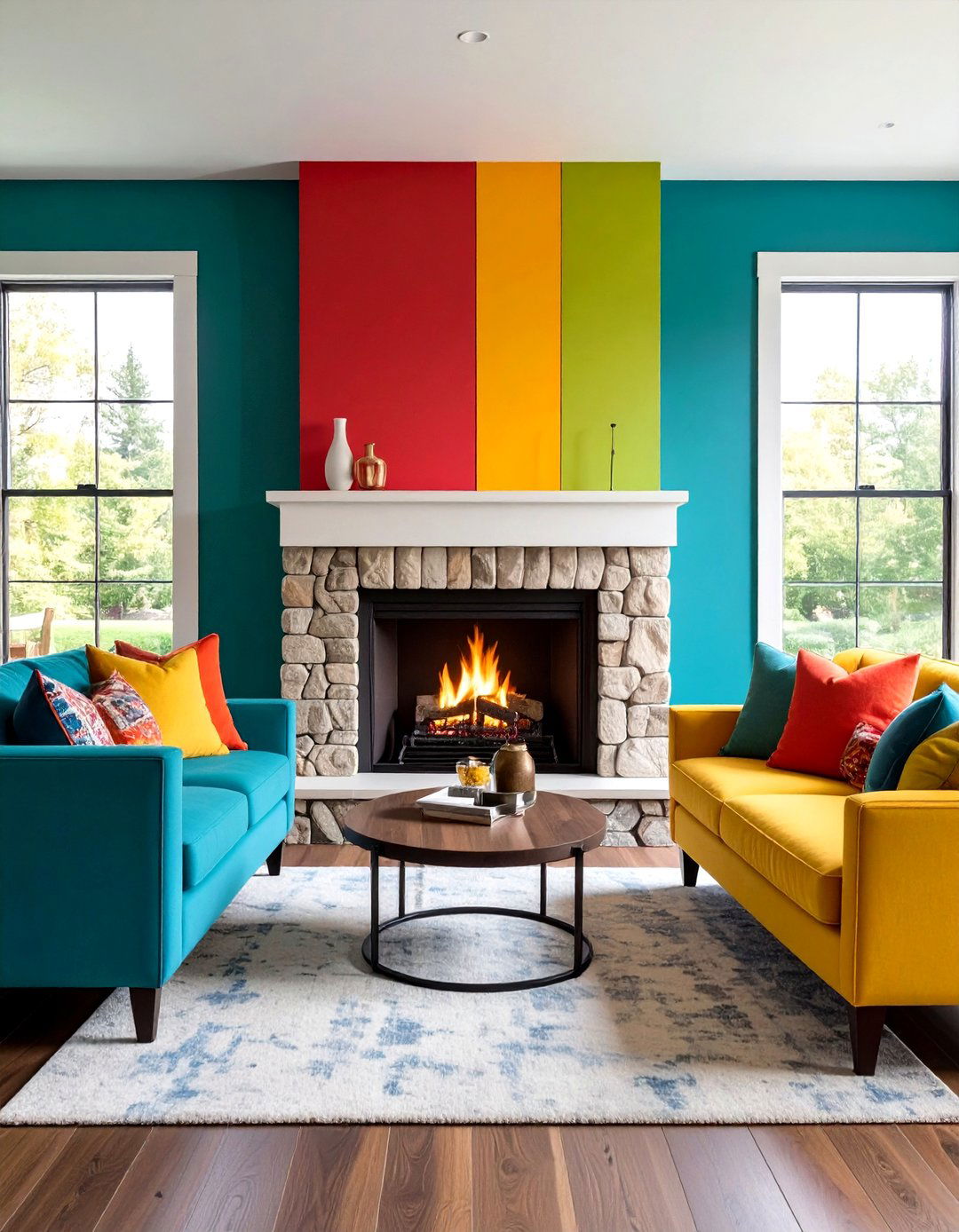

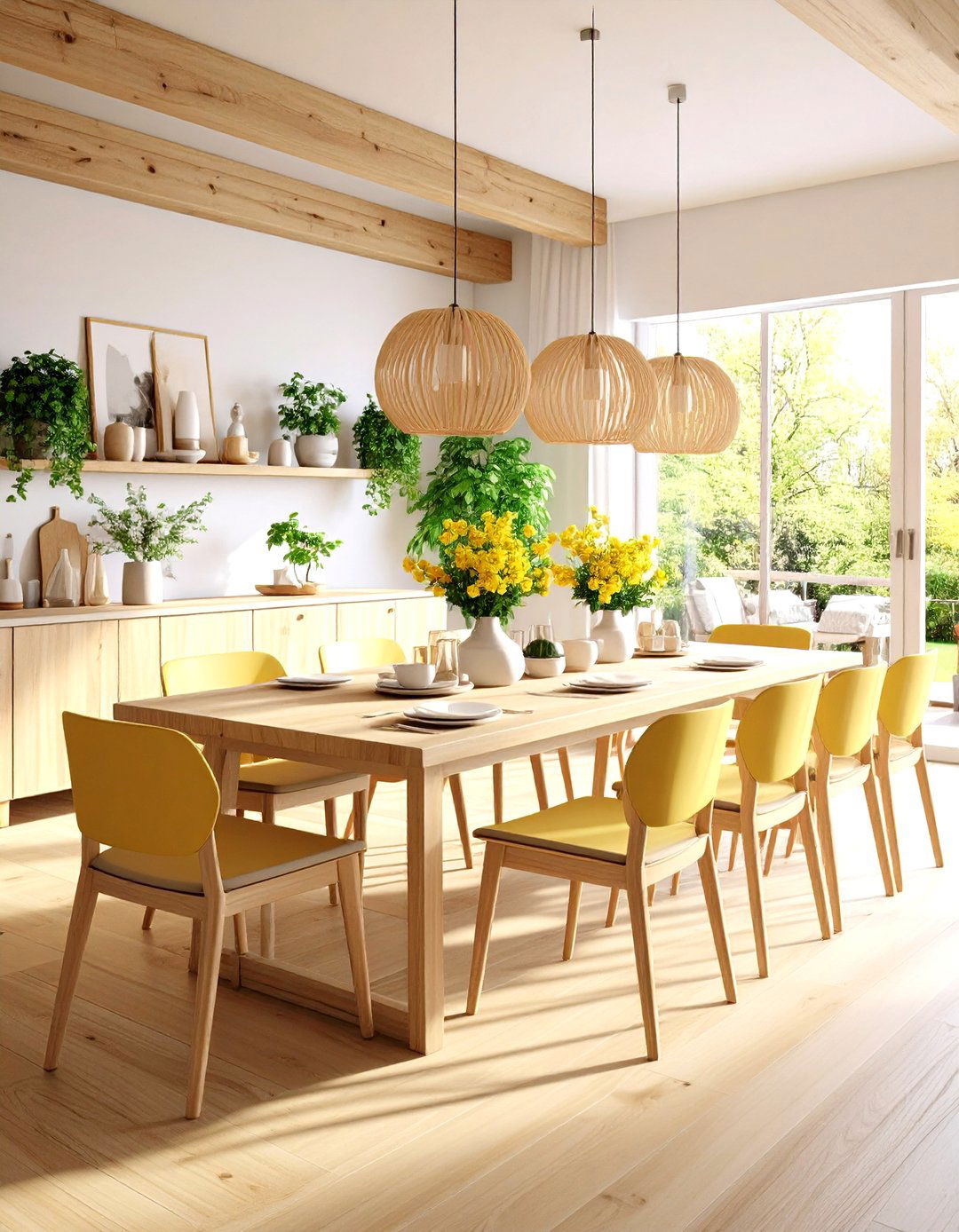
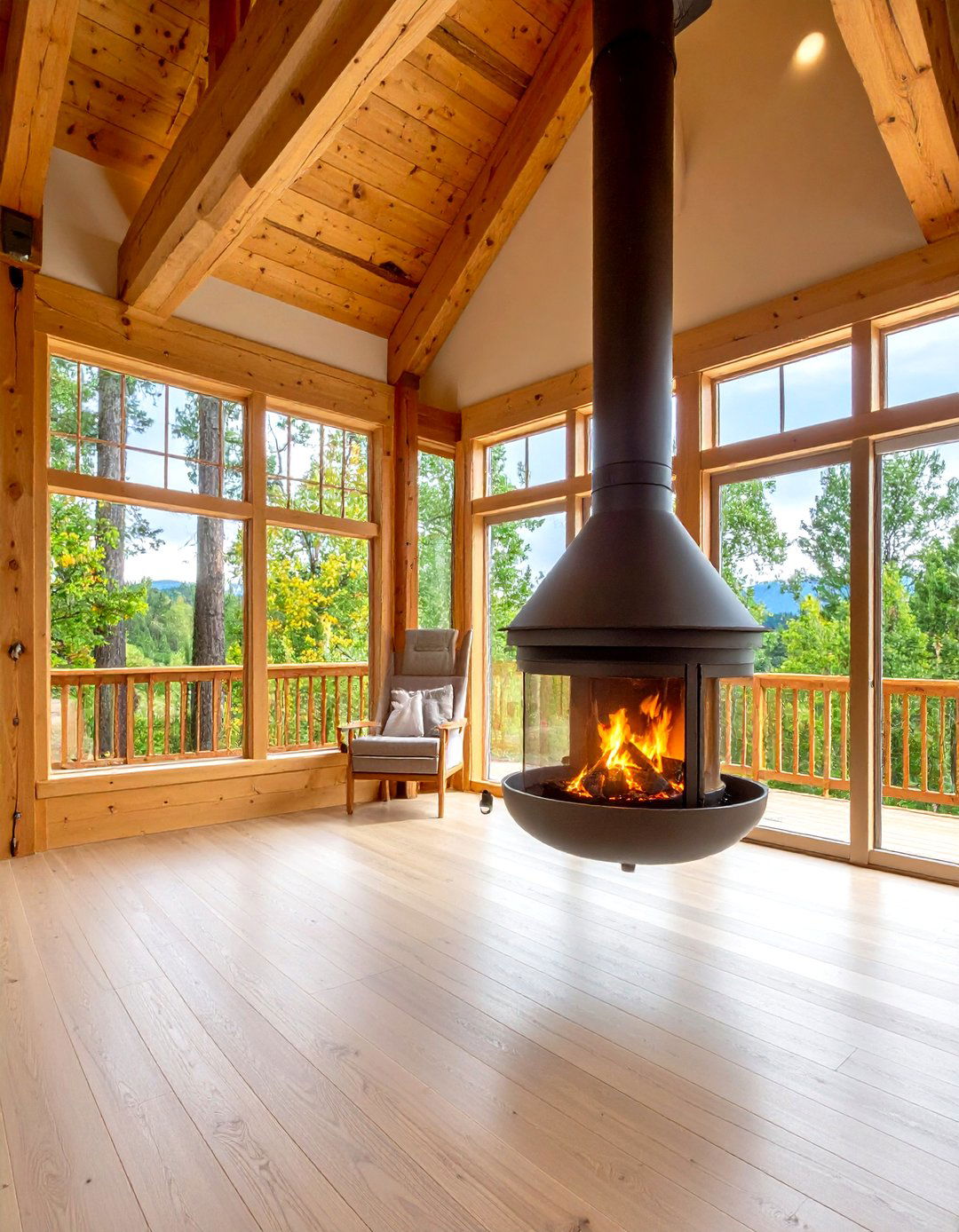
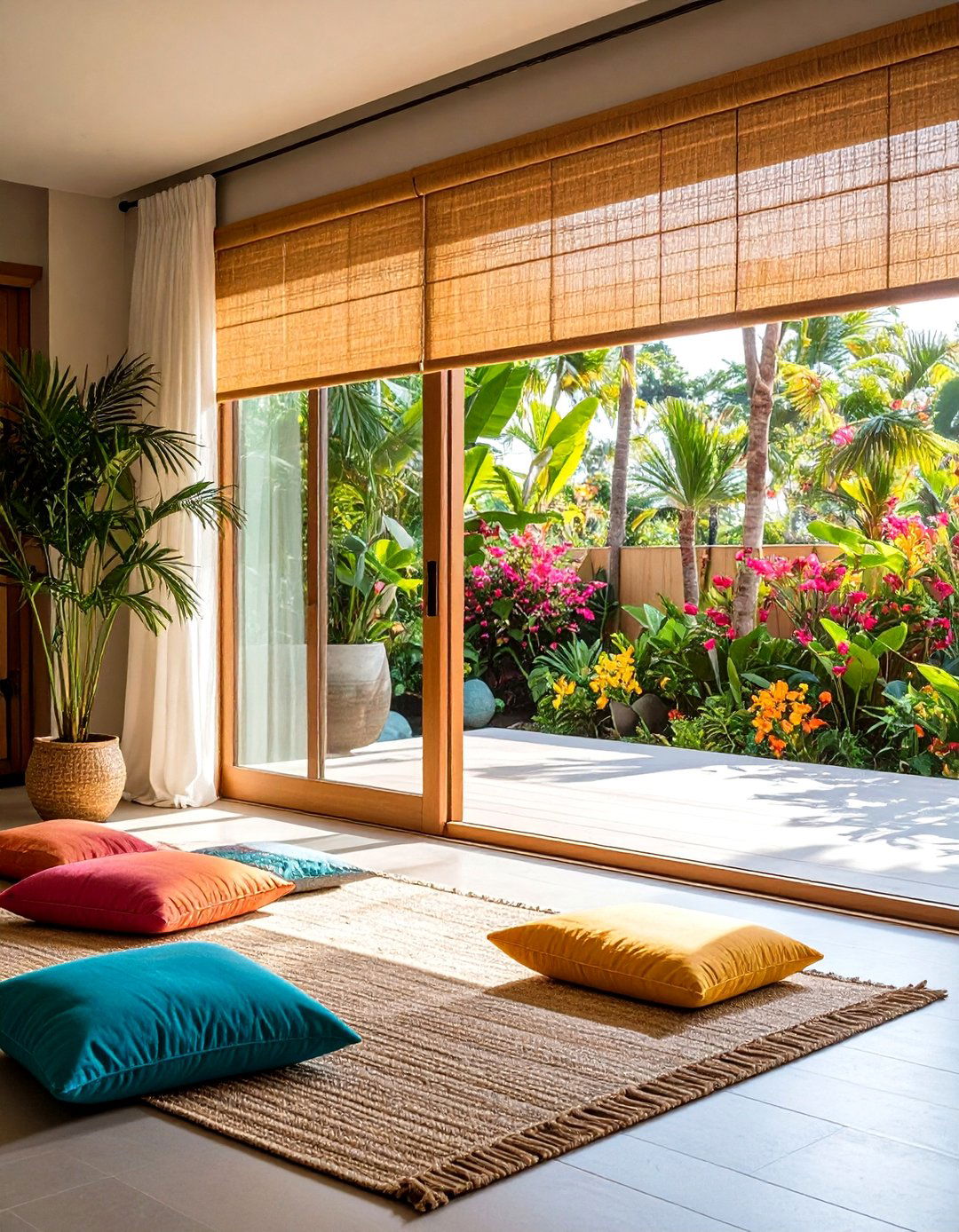
Leave a Reply